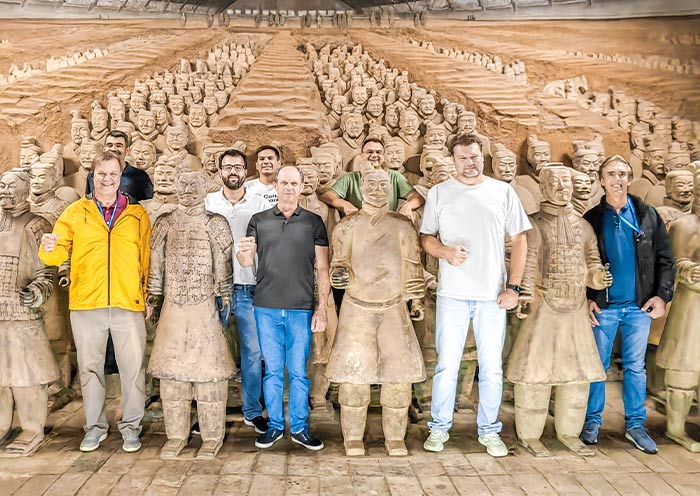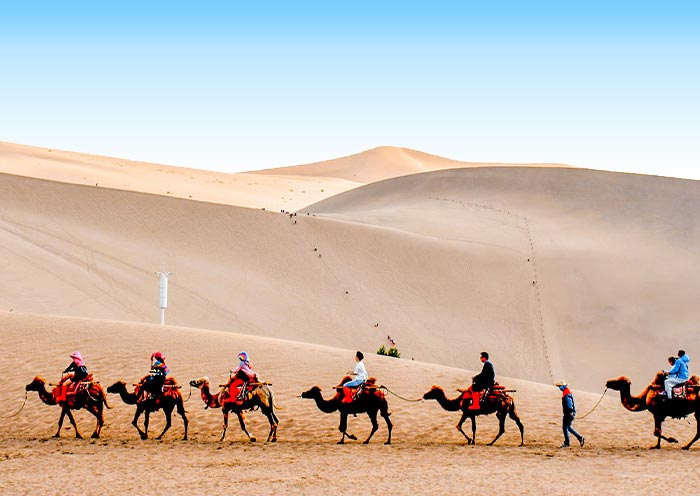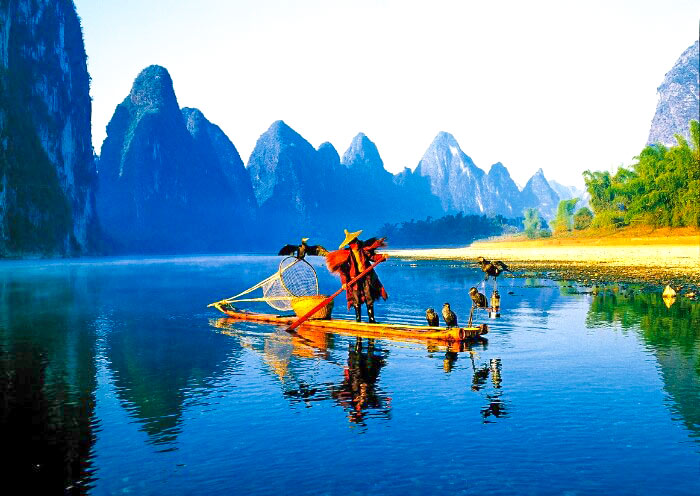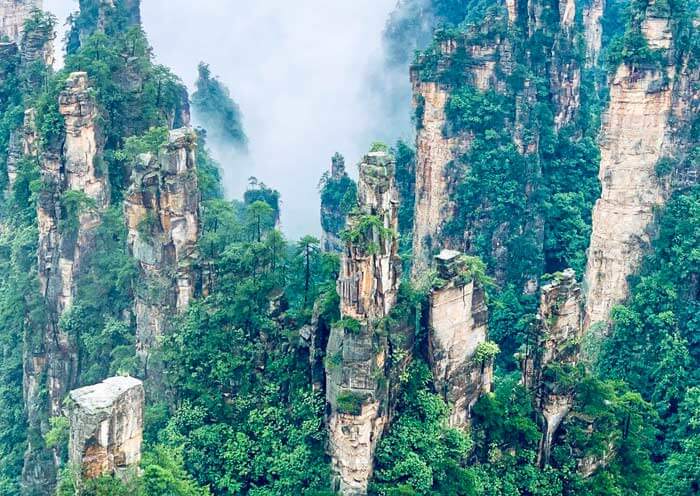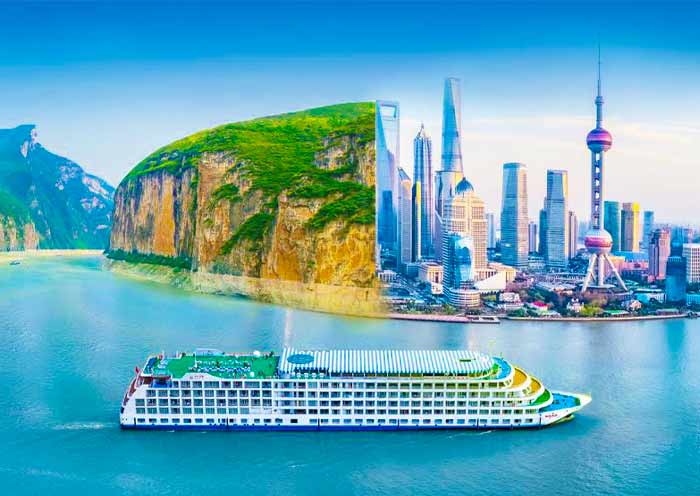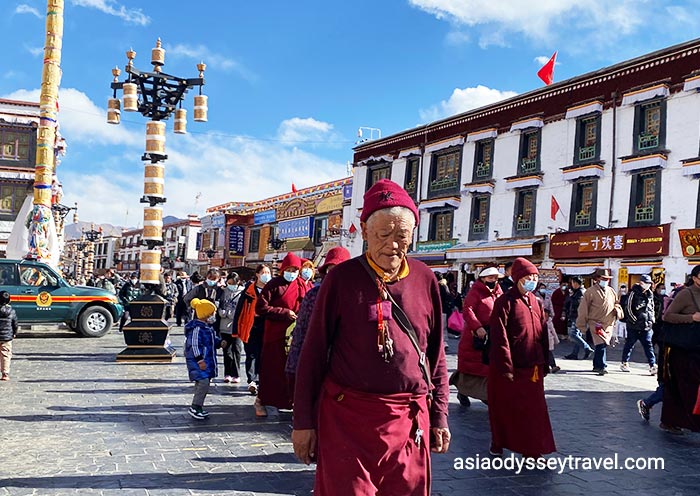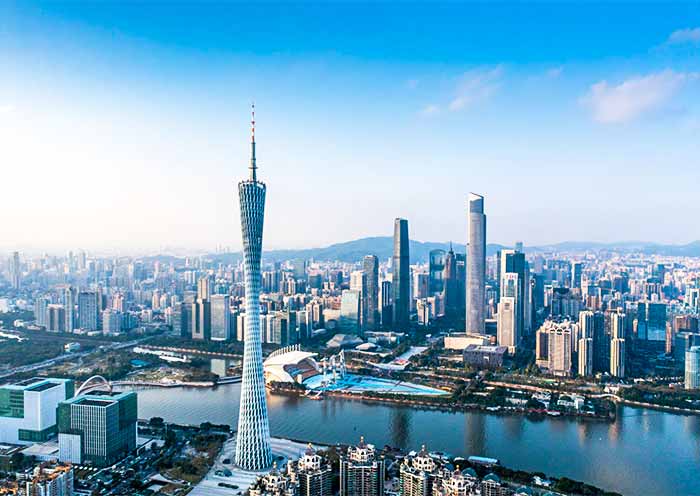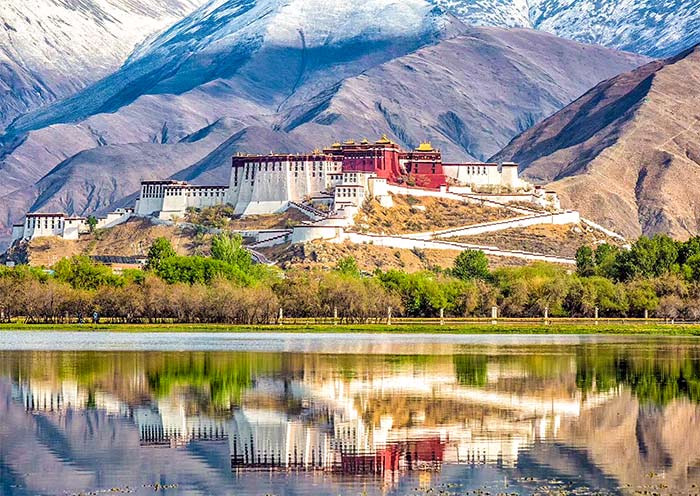30 Days China Tour from Beijing | Ultimate China Adventure
- Highlights
- Itinerary
- Price
- Trip Notes
- Accommodation
- Photos
- Reviews
China in a Month: From Beijing to Shanghai via Silk Road & Yangtze River
This 30 Days China Tour from Beijing is an epic, continental-spanning loop across the vast land of China:
Starting from the imperial capital of Beijing → traversing the legendary Silk Road → ascending to the borders of the Pamir Mountains → journeying south to the Panda capital of Chengdu → passing through the stunning landscapes of Guilin's waters and Zhangjiajie's peaks → before cruising the Three Gorges of the Yangtze from Chongqing → and finally concluding in the modern metropolis of Shanghai.
Moving from East to West, and from North to South, the route is logically planned, with a well-balanced pace that gradually transitions from ancient cities and cultural relics to breathtaking natural landscapes and relaxing river cruises. This single journey is equal to a complete experience of History + Nature + Ethnic Culture + General Culture + Geography.
Expertly designed by Asia Odyssey Travel’s 100% China-based team, with licensed local guides and experienced on-the-ground support throughout your entire journey.
Itinerary at a Glance ![]()
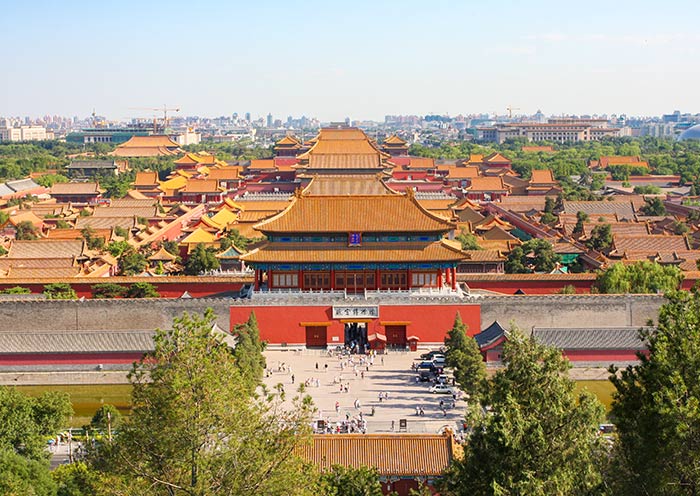
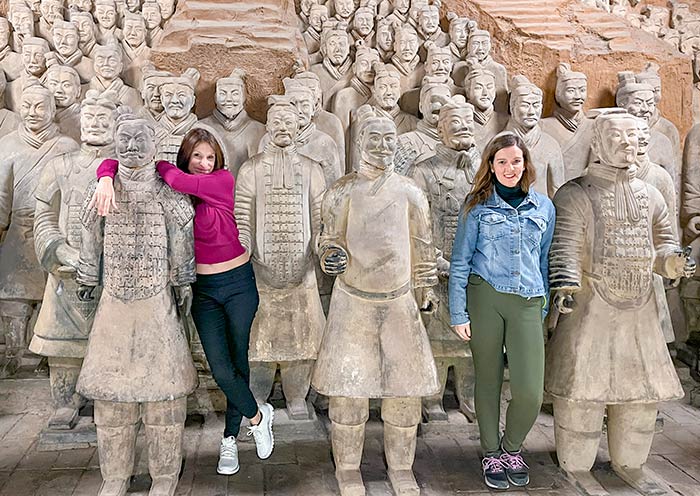
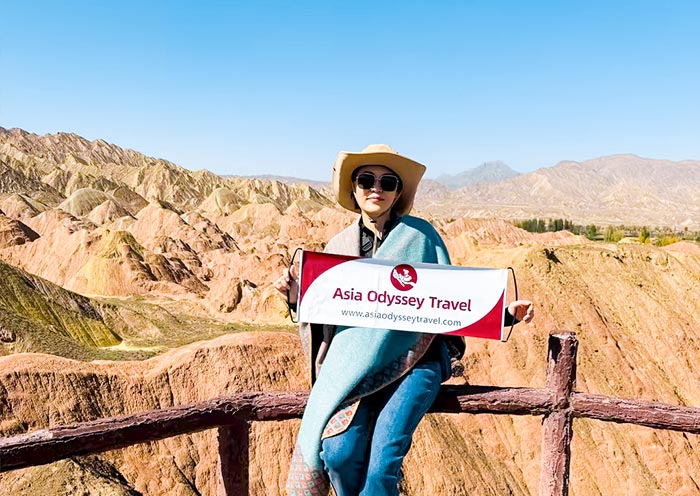
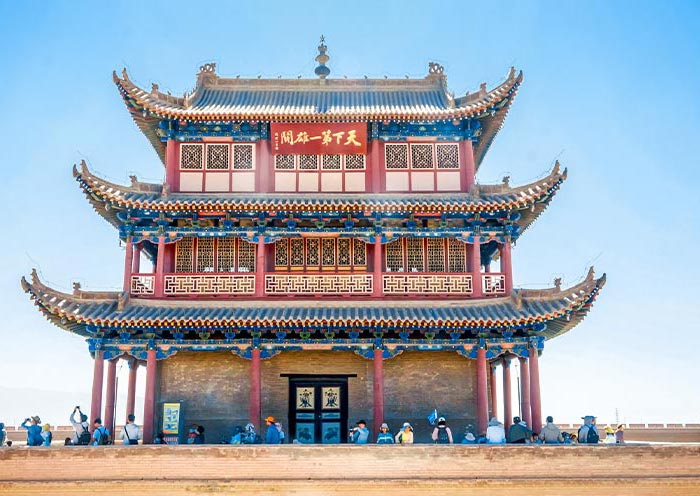
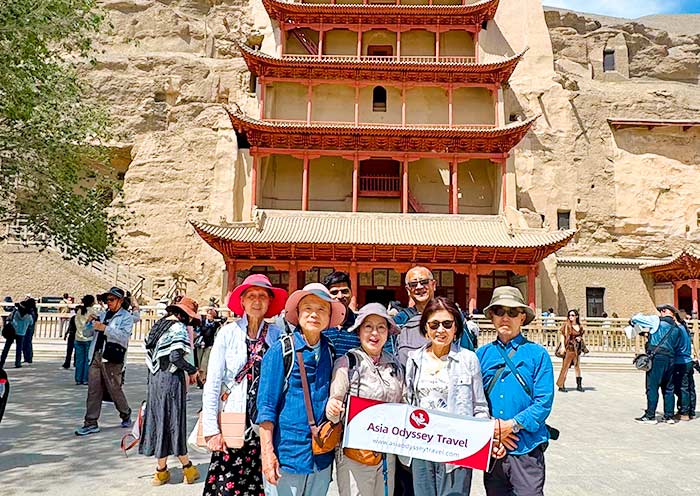
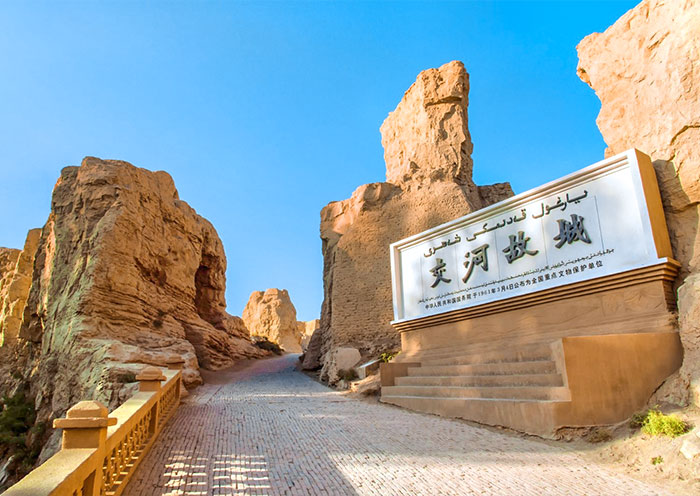
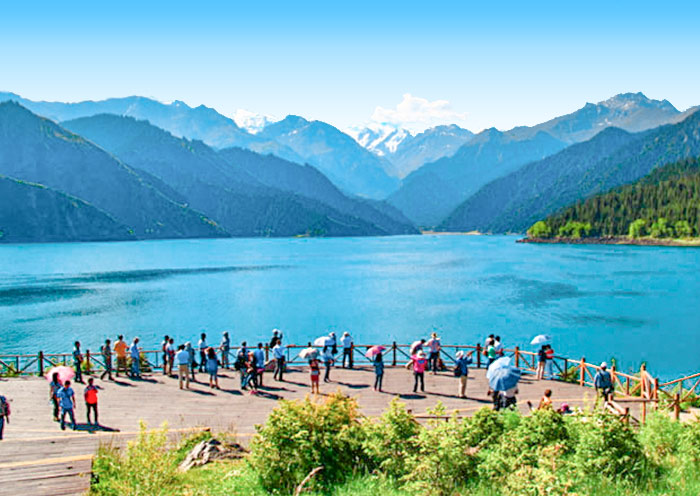
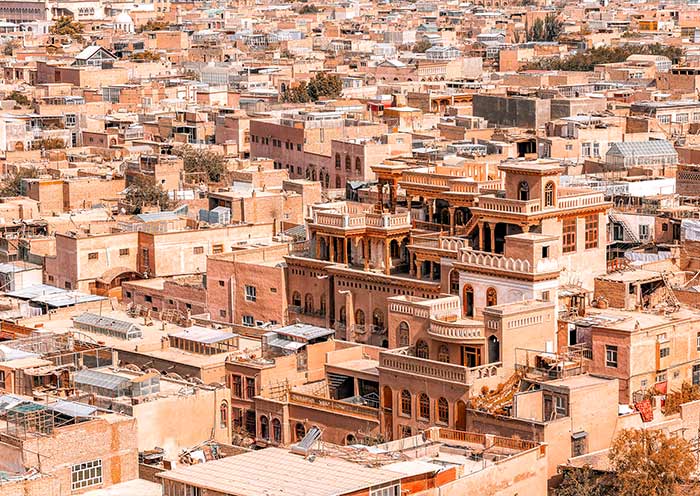
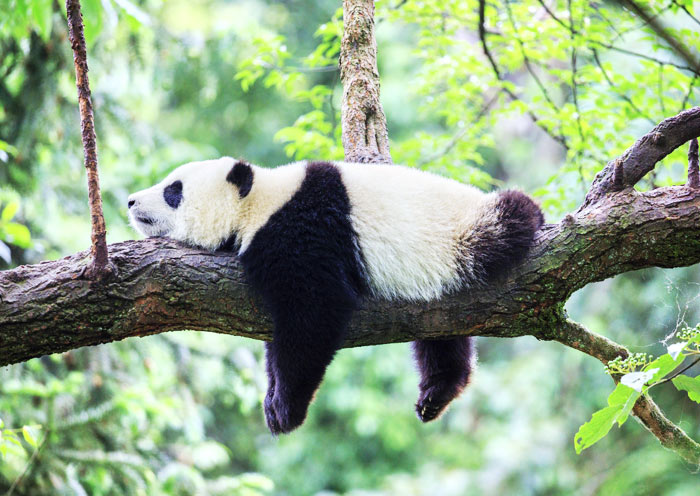
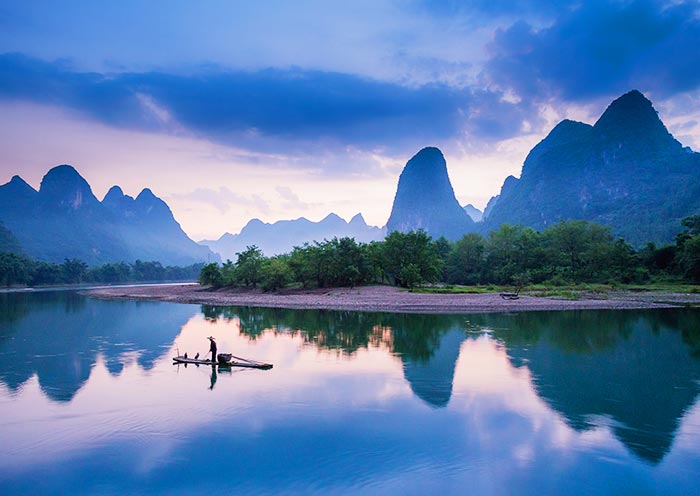
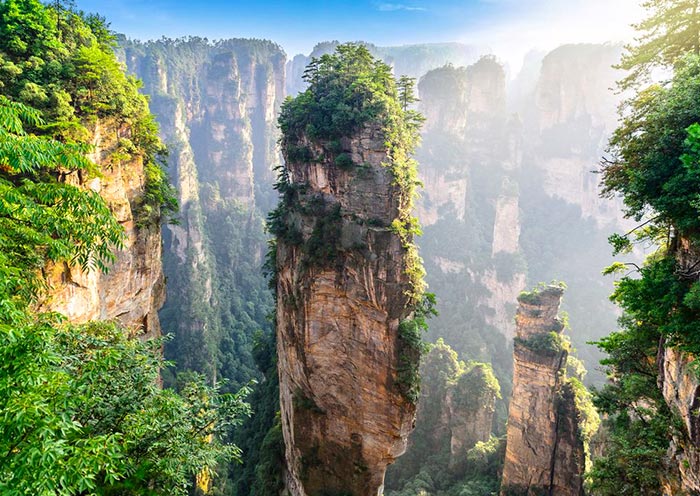
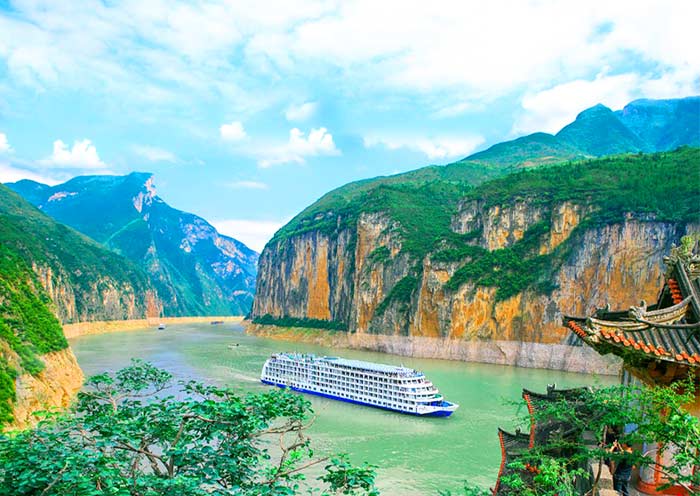
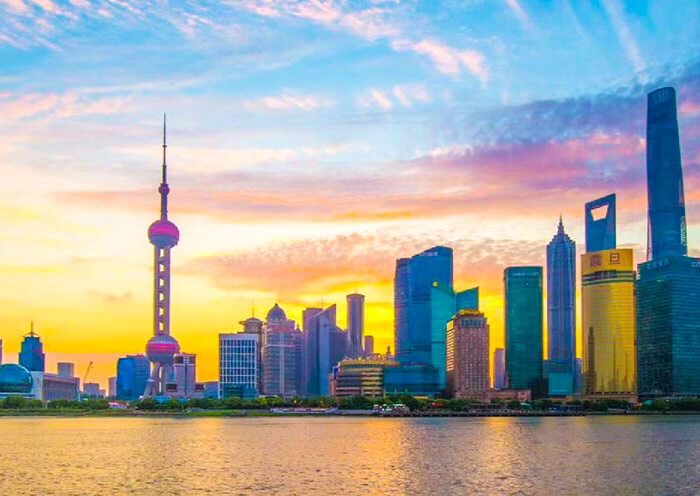
Itinerary at a Glance
Beijing (3.5 Days)
Tian’anmen Square, Forbidden City, Jingshan Park, Summer Palace, Mutianyu Great Wall, Olympic Park (Bird’s Nest & Water Cube), Temple of Heaven, Hutongs
Xi’an (2.5 Days)
Terracotta Warriors, Ancient Wall, Bell Tower (or Drum Tower), Muslim Quarter, Giant Wild Goose Pagoda, Hanfu Experience, Grand Tang Dynasty Ever Bright City
Zhangye (1 Days)
Zhangye National Geopark (Zhangye Danxia Geological Park), Dafo Temple (Big Buddha Temple)
Jiayuguan (1 Day)
Jiayuguan Pass
Dunhuang (2 Days)
Mingsha Mountain & Crescent Lake, Dunhuang Shazhou Night Market (Optional), Mogao Grottoes
Turpan (1 Day)
Jiaohe Ancient City Ruins, Karez Irrigation Syste, Emin Minaret
Urumqi (1 Day)
Heavenly Lake of Tianshan, Xinjiang Regional Museum
Kashgar (2 Days)
Kashgar Old City, Id Kah Mosque, Ancient Tea House, Livestock Market (Sunday Only)
Kashgar to Tashkurgan via Pamir Plateau (1 Day)
China-Pakistan Highway (Karakoram Highway), Baisha Lake, Karakul Lake, (Kongur Tagh, Kongur Tiube, and Muztagh Ata) Distance View
Tashkurgan (1 Day)
Tajik Family Visit, Stone City (Tashkurgan Fort), Alaer Golden Grasslands
Chengdu (1 Day)
Chengdu Panda Base, Wenshu Monastery, Renmin Park, Jinli Old Street
Guilin (3 Days)
Huangluo Yao Village, Ping'an Village (Zhuang Minority), Longji Rice Terraces Hiking, Li River Cruise, Yangshuo Countryside, West Street
Zhangjiajie (3 Days)
Yuanjiajie, Tianzi Mountain, Zhangjiajie Grand Canyon Glass Bridge, Baofeng Lake, Tianmen Mountain
Chongqing (1 Day)
Ciqikou Ancient Town, Three Gorges Museum, Liziba Metro, Hongya Cave
Yangtze River Cruise (4 Days)
Three Gorges (Qutang Gorge, Wu Gorge and Xiling Gorge), Three Gorges Dam
Shanghai (2 Days)
Shanghai Museum, Yu Garden, The Bund, Nanjing Road, Shanghai Tower
Itinerary Day by Day
Nihao! Welcome to Beijing, the capital city of China! Upon your arrival at the airport/train station in Beijing, the tour guide and driver will meet and greet you at the exit, and then escort you to the well-selected hotel in downtown Beijing. The rest of the day is free on your own so you can have a good rest for the jet lag or explore by yourself around your hotel.
Arrival Ideas:
There are two airports - Beijing Daxing International Airport and Beijing Capital International Airport operating many international and domestic airlines.
Free Time Ideas:
You are welcome to ask your tour guide for some useful tips to spend your free time based on your time and interest.
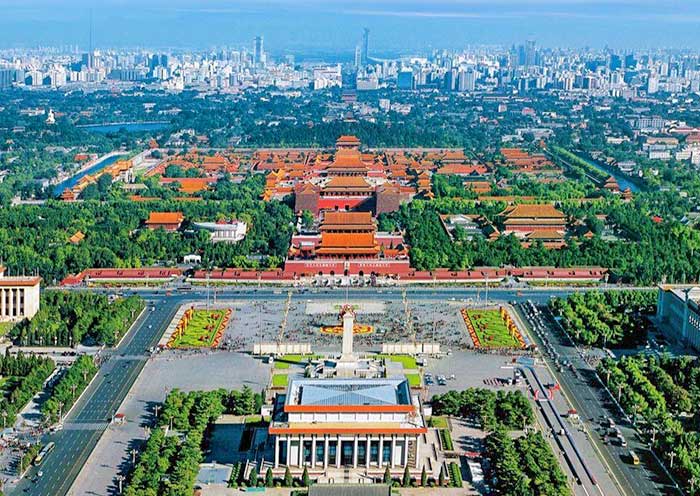
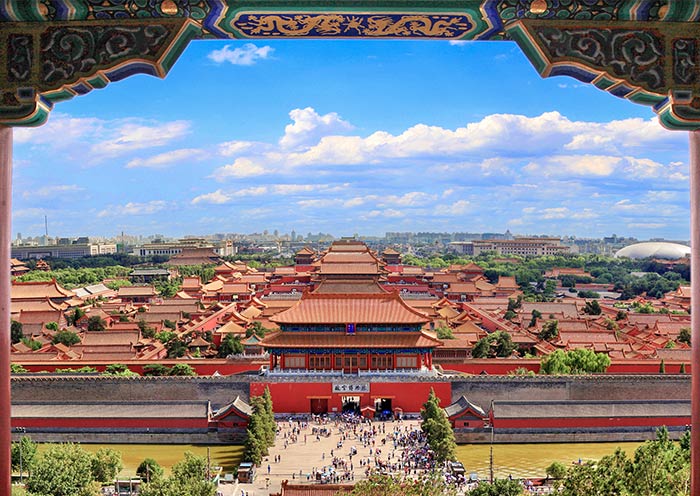
Today you will spend the whole day exploring the ancient citadel Beijing through China’s famous landmarks, epic imperial grandeur and royal gardens.
After breakfast, your guide will pick you up at your hotel and then head to Tian’anmen Square, which is the world’s largest public square and also the symbol of China. It has witnessed many big events in China over the past decades and from here you can take good pictures of Tiananmen Gate showing on CCTV News every day.
Walk across the square and you will visit the might and splendor of the awe-inspiring Forbidden City, the world’s largest palace complex and one-time home to 24 emperors of China. Listed as a world heritage site, Forbidden City has about 500 years’ history, and served as the political and ritual center of China during the Ming (1368-1644) and the Qing (1644-1911) dynasties. With over 8,728 rooms, the Forbidden City is not only China’s largest and best-preserved collection of ancient buildings, but also a city within the city, like the Vatican in Rome. Enter through Meridian Gate and visit along the central axis to ensure you won’t miss any highlighted palaces. You can admire its brilliant architecture and numerous ancient art treasures while listening to your guide and learning more about the emperors’ stories hidden inside the Imperial Palace. Later, take another 15-minute walk up to Jingshan Park, where you can have a magnificent panorama of modern Beijing and princely views over the russet roofs of the Forbidden City.
In this afternoon, drive to the “Museum of Royal Garden” - Summer Palace, which used to be the resort for royal families to flee summer heat. The grounds, temples, gardens, pavilions, lakes, bridges, gate-towers, and corridors are a marvel of landscaping. Enjoy the leisure walk and take your time to appreciate the imperial architectures, hilltop views, and beautiful lakes, which offer a pastoral escape into the landscapes of traditional Chinese painting.
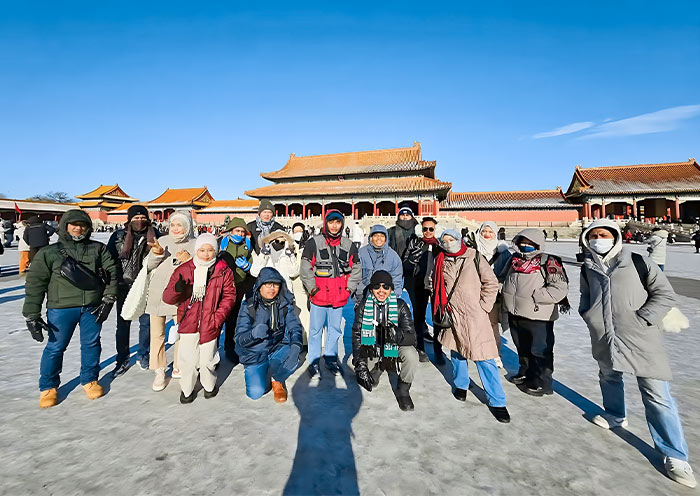
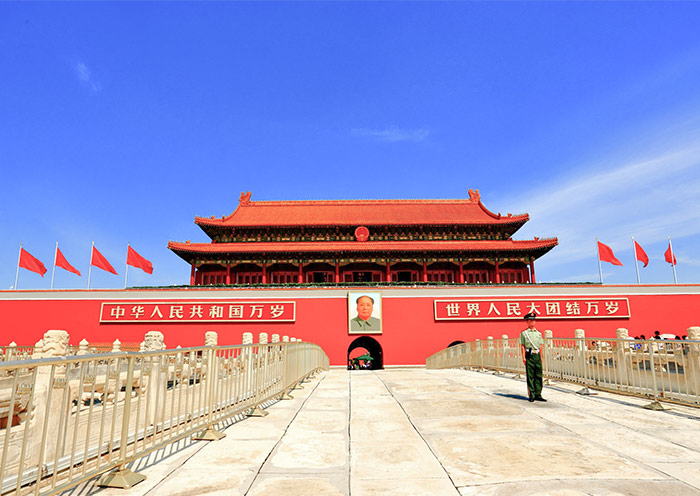

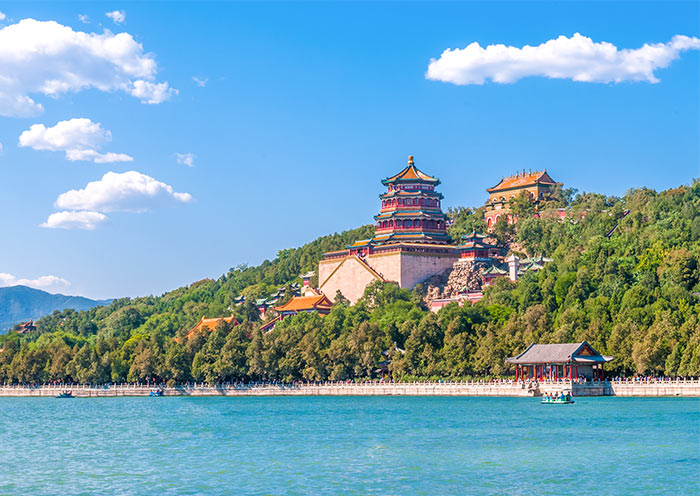
In this morning, you will head northwest of Beijing (about 1.5-2 hours’ drive, 73km) to the Great Wall at Mutianyu. The Great Wall boasts a history over 2,000 years and stretches more than 3,000 miles across several provinces of northern China, making it one of the most impressive ancient masterpieces on the planet. Mutianyu Great Wall is connected with the Jiankou Great Wall in the west and the Gubeikou Great Wall in the east. Mutianyu is the longest and best fully-restored Great Wall with fewer tourists and is also famed for its 23 Ming-era watchtowers and stunning views. Take the cable car up to the 14th watchtower and then enjoy the memorable hiking time on the wall while visiting its western route. With the green pines and cypresses covering the surrounding area, and the winding wall standing majestically on the vast land, you will capture the most stunning natural scenery in this section. Challenge yourselves while climbing up to the 20th watchtower where you could fulfill your Great Wall dream. Cherish the chance and take photos as many as you like!
After the once-in-lifetime experience, head back to downtown Beijing and have the chance to take photos with the exterior of the Bird's Nest (Beijing National Stadium) and Water Cube (Beijing National Aquatics Center). They were both designed for the 2008 Beijing Olympics and used for the 2022 Winter Olympic Games. After that, transfer back to your hotel and have a good rest tonight.
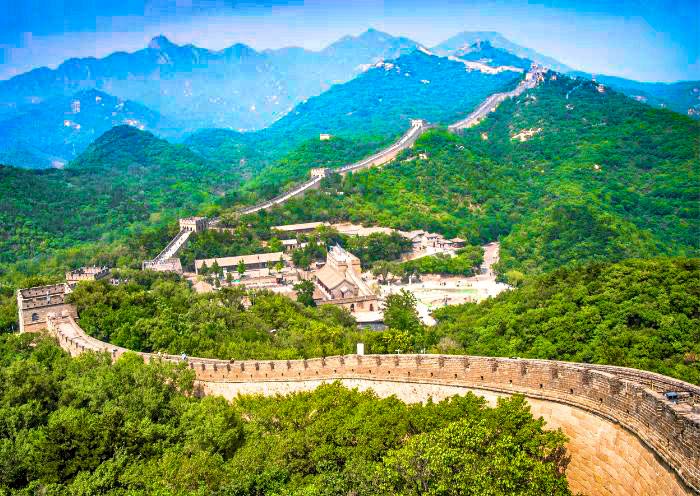
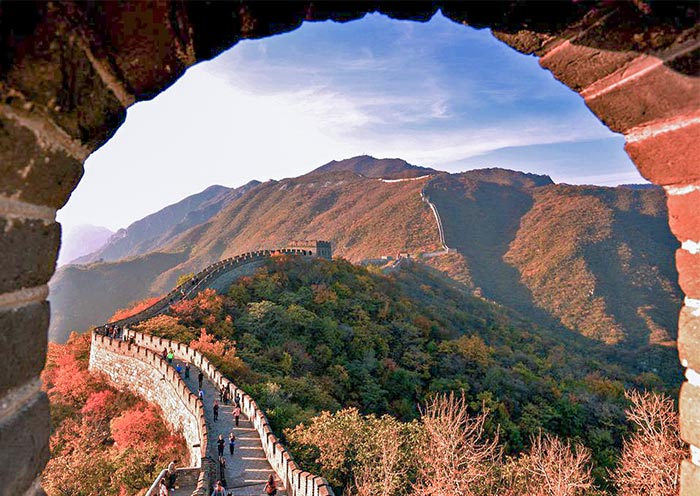
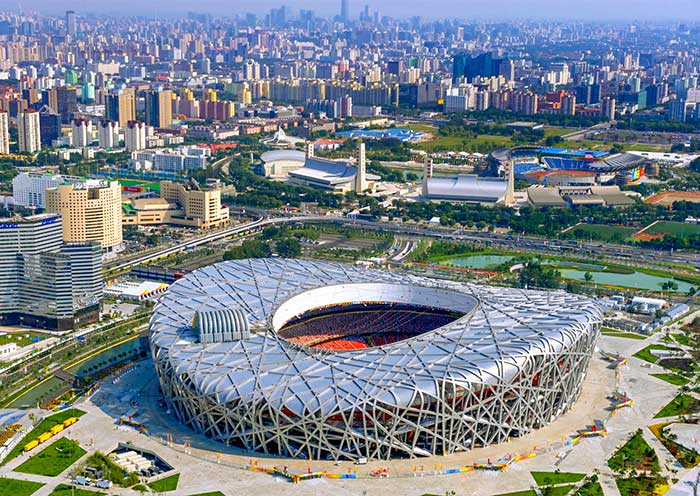
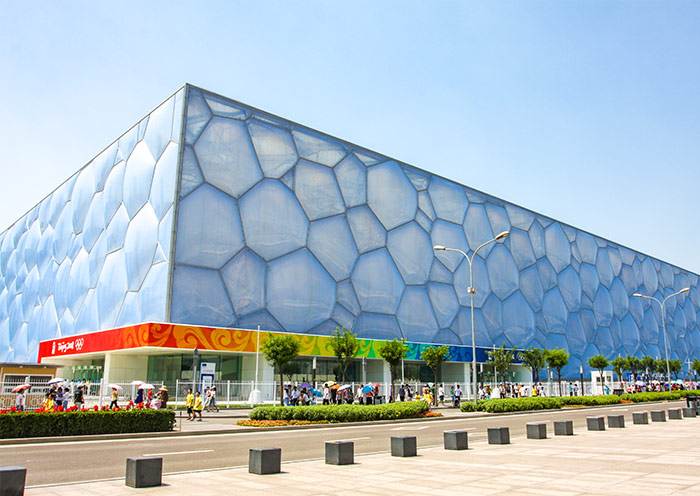
This morning you will head to Temple of Heaven. Located in Beijing's Tiantan Park, the Temple of Heaven is much bigger than the Forbidden City and smaller than the Summer Palace. As a World Heritage, the Temple of Heaven (Taoist temple) is also known for its rigorous symbolic layout, peculiar structure, and magnificent decoration. The Temple of Heaven used to be a place to offer sacrifice to Heaven by 22 Chinese emperors twice a year for good harvests. You can learn more about the grand praying ceremony there, as well as observe the amazing designs such as the Echo Wall and the Triple Sound Stones. Nowadays, it is also a park for local people to do morning exercise and you are welcome to join them.
If there is more time, you can also enjoy the relaxing time exploring the ordinary local life through the old Hutongs. Take a rickshaw tour to travel through the narrow alleys with many featured shops standing on both sides.
After the tour, you will be escorted to the train station for a high-speed train to Xian (about 4.5-5.5 hours). Welcome to Xian, the capital of 13 ancient China dynasties! Upon your arrival at the train station, the tour guide and driver will greet you at the exit, and then escort you to the hotel in Xian.
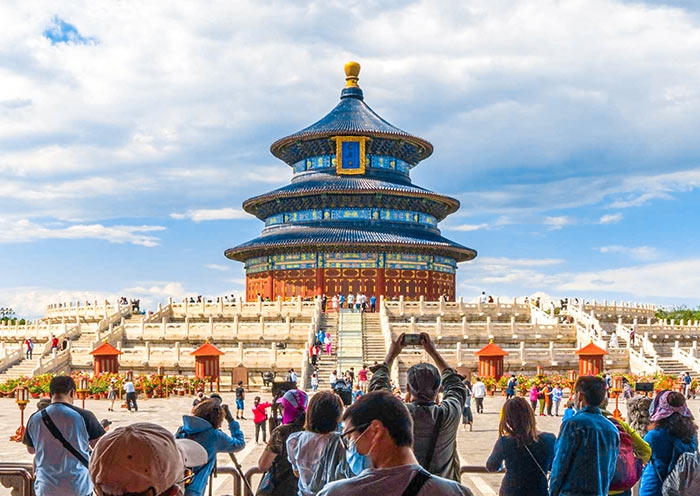
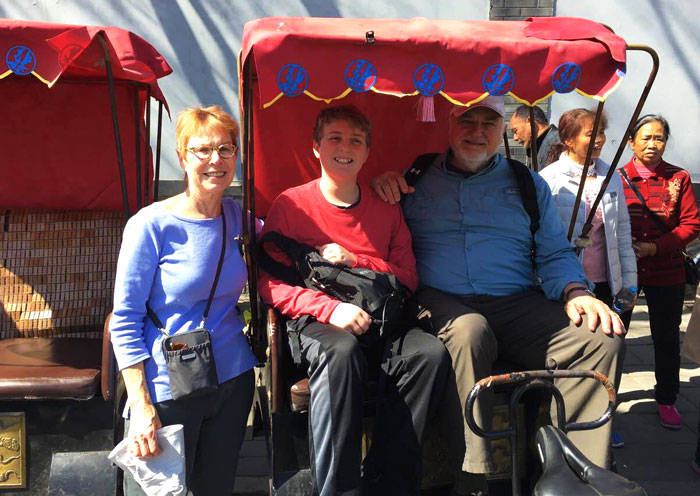
After breakfast, your guide and driver will pick you up at your hotel. Drive about 40km (about 1 hour) to uncover one of the greatest archaeological discoveries in the world - the Terracotta Army Museum, built by the first emperor of China, Qin Shihuang, to protect him in the afterlife. Around 8,000 vivid life-size Terracotta Warriors have been found so far. First, visit the largest and most imposing pit, believed to contain over 6,000 terracotta figures of soldiers and horses. You will be amazed by this subterranean life-size army of thousands standing silently to guard the emperor. Marvel also at the fabulous artistic skills of ancient Chinese artisans. Next, move to another pit where you can see around 1,300 warriors and horses. Examine the ancient army formation, including the kneeling and standing archers, the chariot war array, and numerous troopers holding weapons.
After lunch, head to visit the Ancient City Wall, also known as the Fortification of Xian, representing one of the oldest, largest, and best-preserved Chinese city walls. Spend time leisurely walking the wall and enjoying its inner and outer walls, watchtowers, and moat, taking in panoramic views of modern Xian, there, you will also visit the awe-inspiring Bell Tower (or Drum Tower), a landmark from the Ming Dynasty dating back 600 years, will be beautifully illuminated, creating a captivating backdrop for stunning photos showcasing the harmonious blend of ancient history and modernity in Xian. In the evening, you may also have the chance to visit the lively Bell & Drum Tower Square (Zhongulou Square), allowing you to immerse yourself in Xian's vibrant nightlife like a local.

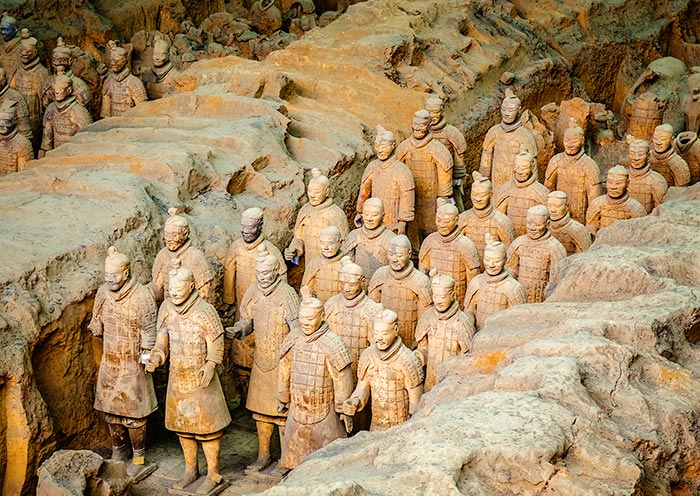
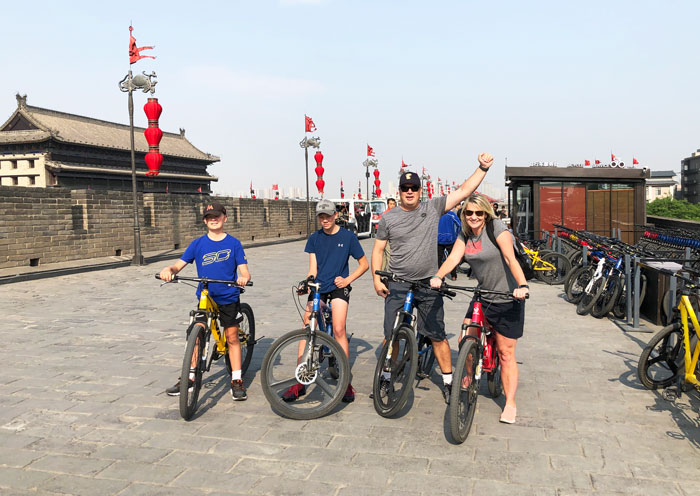
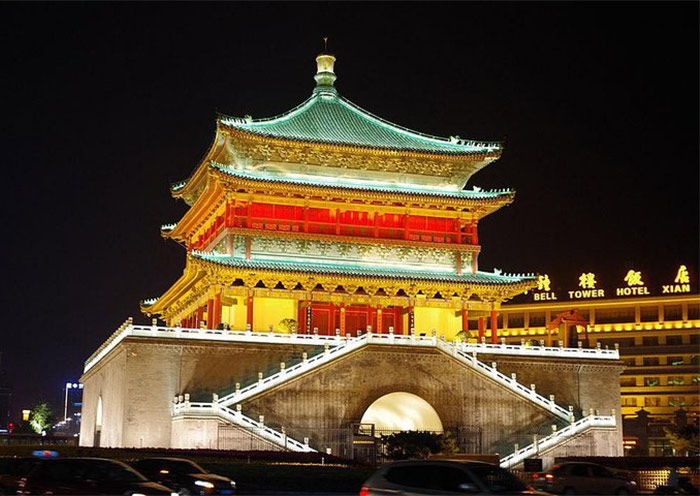
This morning, you will have the opportunity to explore the vibrant and bustling Muslim Quarter (Muslim Street). This historic quarter, situated just behind the Drum Tower about 430 meters west of the Bell Tower in downtown Xian, has been around for over 1,000 years.
Later, you will go to visit the Giant Wild Goose Pagoda, one of Xi'an's most recognizable landmarks and symbol of the magnificence of the Tang Dynasty. This seven-story pagoda standing in the tranquil Da Ci'en Temple is one of China's best examples of a Tang-style pagoda (squarish rather than round). It was completed in AD 652 to house Buddhist sutras brought back from India by the monk Xuan Zang. His travels inspired one of the best-known works of Chinese literature, Journey to the West. While at the Giant Wild Goose Pagoda, you'll also have the opportunity to immerse yourself in the local culture by trying on Hanfu (traditional Chinese clothing), and capture memorable moments in Hanfu.
As evening falls, visit the Grand Tang Dynasty Ever Bright City which showcases the life and times of the Tang Dynasty. The light show is decorated with structures, creating a vibrant and immersive atmosphere that transports you back to the times of the Tang Dynasty, providing a magical experience of walking through time.
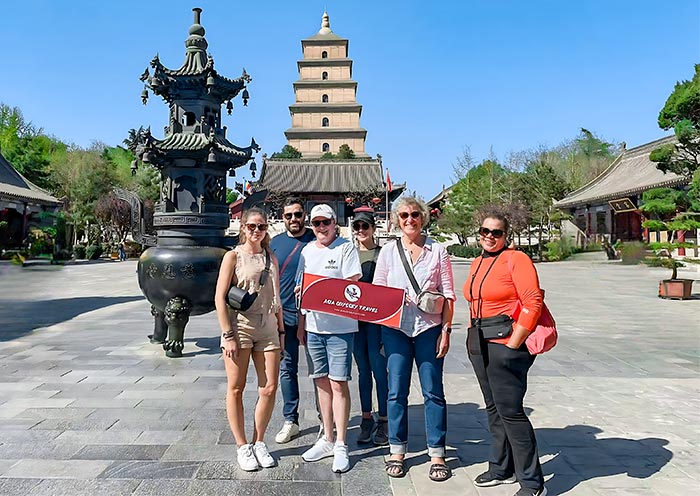
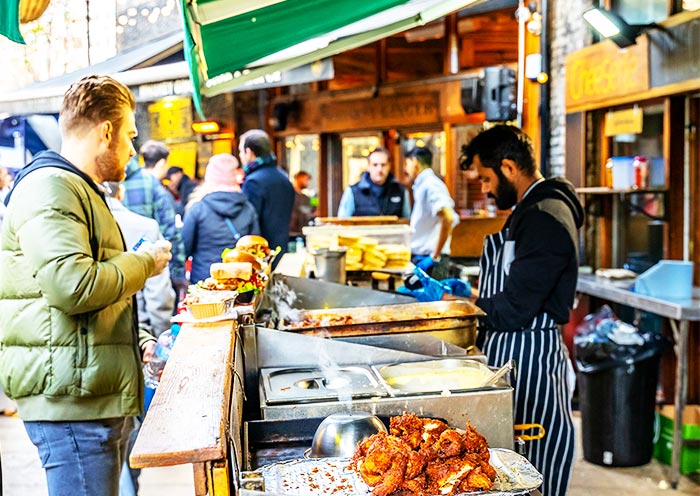
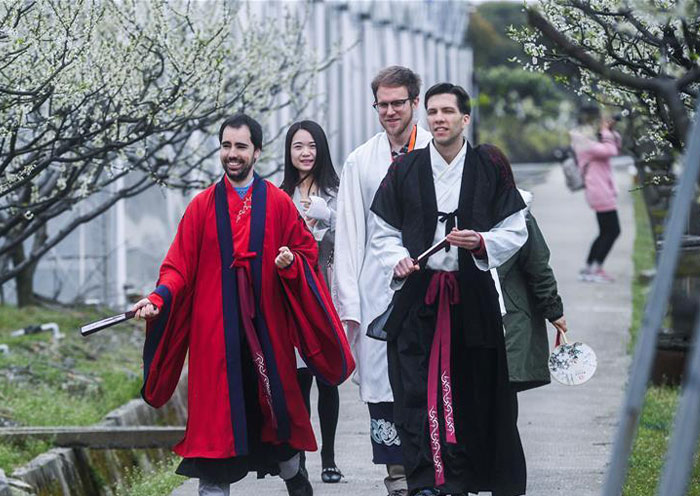
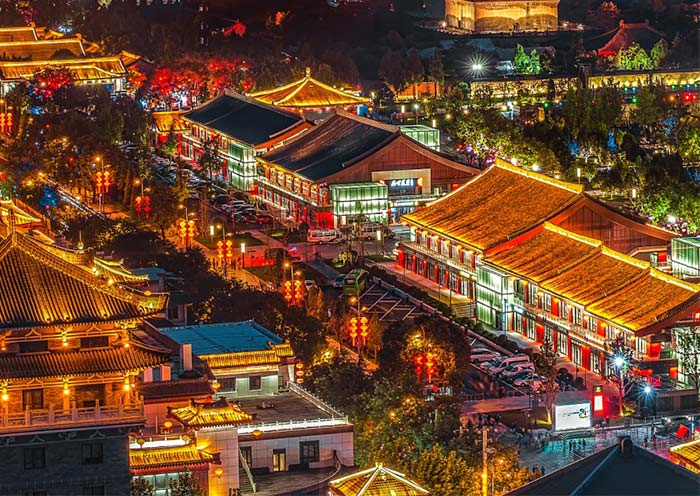
After breakfast, you will take a morning high speed train to Zhangye city from Xian (about 6 hrs).
After arriving at Zhangye West Railway Station, you will be met by a local tour guide. Then, head to visit Zhangye National Geopark (Zhangye Colorful Danxia Scenic Spot七彩丹霞景区) which is renowned for its strikingly colorful rock formations, often referred to as Rainbow Mountains. Zhangye is famous worldwide for its colorful Danxia landforms, a must-visit attraction for people traveling to Zhangye. This is a paradise for geologist & photography enthusiasts, and a great place to experience the marvelous work of nature. The Zhangye Colorful Danxia Scenic Spot (七彩丹霞景区), part of the Zhangye National Geopark, is China's only highly composite area that combines Danxia landforms with colorful hilly landscapes. Zhangye Danxia has been honored as one of the world's top ten geographical wonders, one of the 22 most unforgettable landscapes worldwide, and the most beautiful exterior filming location at the 74th Venice Film Festival. This location served as a filming site for the movie The Great Wall《长城》 directed by Zhang Yimou and Disney's Mulan《花木兰》. The Rainbow Mountains featured on the cover of high school English textbooks are not only geological relics of special scientific significance, rarity, and aesthetic value but also hold archaeological, ecological, historical, and cultural significance.
During the Cretaceous period, approximately 135 to 65 million years ago, the Zhangye region underwent the Himalayan orogeny, multiple erosions by water and wind, and long-term weathering processes, leading to the formation of the current Danxia landforms. The strata are mainly composed of sandstone and mudstone, formed in a dry and hot environment, where divalent iron in minerals oxidized to trivalent iron, giving the strata a red hue. As the environment gradually became wetter, the high-priced iron was reduced, causing a change in strata color to shades of brown, yellow-green, and bluish-gray, creating a palette resembling that of an overturned divine paintbox. The term "Danxia (丹霞)" originates from Cao Pi's poem (曹丕) "Danxia surrounded by the bright moon, with splendid stars emerging amidst the clouds (丹霞夹明月,华星出云间)." "Danxia," literally means the sacred or auspicious celestial sight - the rosy clouds illuminated by light. When geologists first discovered the cinnabar-colored landform, the romantic scientists named it the "Danxia landscape," leading to the coinage of the geographical term "Danxia landform (丹霞地貌)."
The scenic area comprises five Observation Decks (No. 3 and No. 2 have been merged). Shuttle buses connect each Observation Deck (entering and exiting at the north gate, with shuttle stops at four points in the order of Observation Deck #2-1-5-4). Observation Deck #1 and Observation Deck #4 are the most recommended. Yunhai Platform (云海台 No. 1) is where the image was taken on the ticket and the largest viewing platform, offering a panoramic view of the entire Danxia landscape, including the winding S-shaped road. Hongxia Platform (虹霞台 No. 4), highly popular and considered the most beautiful spot with the most vibrant colors, is the best place to watch the sunset. In the eyes of the Chinese people, the Rainbow Mountains here resemble delicious Pork Belly or Strawberry Cake layers.
At the Zhangye Rainbow Mountains, you can admire unique features like the Rainbow Screen, Sleeping Beauty, Giant Scallop, Monks Worshiping Buddha, Monkey Gazing at the Sea, Turtle Asking the Heavens, and the Red Cliff Great Wall (七彩屏、睡美人,大扇贝、众僧拜佛、灵猴观海、神龟问天、赤壁长城). Standing at the mountaintop, one can witness the colorful watercolor-like mountain ranges, feeling as if stepping into a painting.
Notes:
The best time for photography is at sunrise when the light is soft, colors are vivid, and there is a strong contrast, ideal for capturing both the panoramic view and detailed textures of the Rainbow Mountains. Sunset, with the setting sun casting its warm glow on the hills, creating golden silhouettes, is also an excellent time to capture the beauty of the Rainbow Mountains. If you want to capture the sunrise, do double check with your travel consultant to overnight at the hotel near the Rainbow Mountains.
Another optimal time to appreciate the Danxia landforms is after rainfall when the colors become even more vibrant and captivating due to the moisture.
Comfortable shoes are essential as climbing uphill sections may occur.
The scenic area also offers entertainment options such as camel rides, hot air balloons, gliders, helicopters, and other activities (at an additional cost).
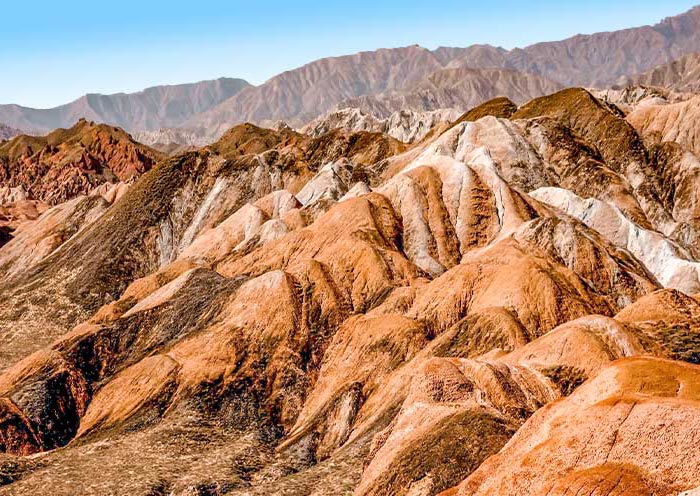
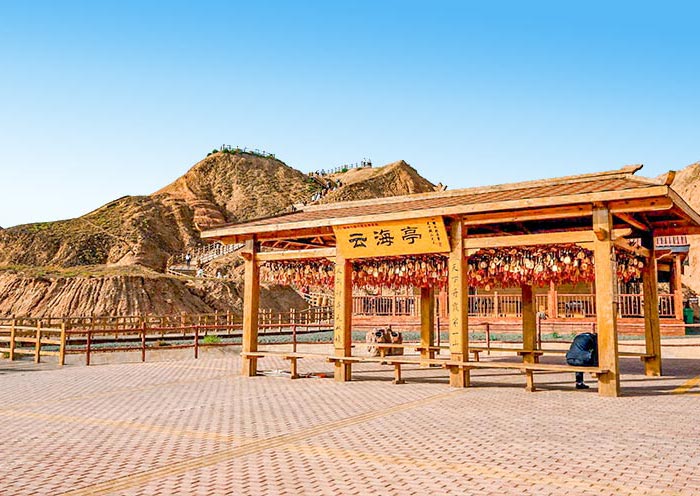
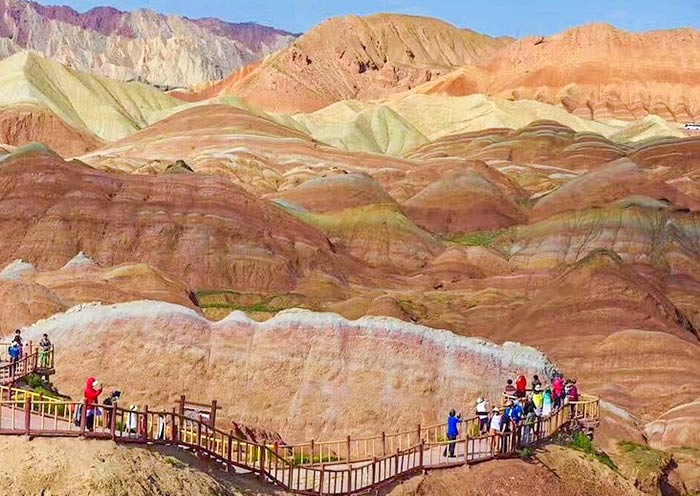
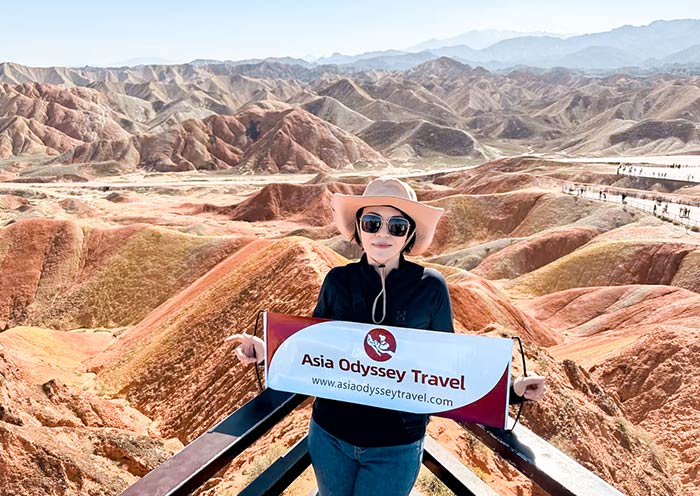
Today, you will explore Dafo Temple in Zhangye City. Dafo Temple (大佛寺; Big Buddha Temple) is a must-visit place in Zhangye if you are particularly interested in Buddhist culture and ancient architecture. The Big Buddha Temple is the iconic building of Zhangye, known for housing a 34.5-meter-long statue of the reclining Buddha, commonly called the "Reclining Buddha Temple 卧佛寺" by locals. Built in the year 1098, the Giant Buddha Temple was a royal temple built by the Western Xia Dynasty (西夏;1038-1227), making it one of the Four Remaining Royal Temples in China (the other three being the Lama Temple in Beijing, the Famen Temple in Baoji Of Shaanxi, and the Chongsheng Temple in Dali Of Yunnan). Legend has it that Kublai Khan (忽必烈), the founder of the Yuan Dynasty (1271-1368), was born in the Big Buddha Temple in Zhangye. The Italian traveler Marco Polo was captivated by the magnificent architecture of the Giant Buddha Temple and the prosperity of Zhangye, leading him to stay there for a year. Covering an area of over 60,000 m², the temple could accommodate 5,000 worshipers simultaneously in the 16th century.
Visit Big Buddha Temple in Zhangye to explore the only surviving Western Xia temple in China, the largest indoor reclining Buddha in Asia, and the complete Yongle Canon and Prajna Paramita Sutra (《永乐北藏》). It is a Buddhist art museum that integrates architecture, sculpture, murals, carvings, scriptures, calligraphy, and cultural relics. When you step into the temple, you'll see the Grand Buddha Hall which has maintained its original appearance from over 900 years ago. Besides the reclining Buddha, the walls on the east and west sides of the hall feature murals inspired by "Journey to the West西游记," "Investiture of the Gods封神演义," and the "Classic of Mountains and Seas山海经." Among these, the "Journey to the West" mural is said to predate the novel by approximately 200 years, depicting the story of Tang Dynasty Monk Xuanzang (唐僧) and his disciples embarking on their journey to the West in a comic strip format, showcasing episodes like "Fetching Water from the Motherhood River," "A Battle with Red Boy," "Obstacle at Flaming Mountain," "The Monkey King: Uproar in Heaven," and "Expulsion of the Monkey King/Wukong" (取水子母河、大战红孩儿、路阻火焰山、大圣闹天宫、恨逐美猴王). Interestingly, the character Zhu Bajie (猪八戒) in the mural is portrayed as simple, honest, and hardworking, in stark contrast to the Zhu Bajie character in the novel Journey to the West. Even today, within the Zhangye region, one can find many place names from the novel Journey to the West, such as Gaolaozhuang (高老庄Bajie's hometown), Liusha River (流沙河), Liangjintai (晾金台), Bull Demon King's Cave (牛魔王洞), and the Eight Thousand Ruoshui River(八千里弱水).
A pair of Chinese characters written on a couplet outside the Grand Buddha Hall reads, "The Sleeping Buddha slumbers a thousand years without awakening, those who inquire will forever question, the answer remains elusive睡佛长睡睡千年长眠不醒,问者永问问百世永问难明," provoking deep contemplation and worth a look. Remember to ask the guide to show you another pair of couplets written in the Western Xia script with the same content. Additionally, the scripture hall of the reclining Buddha temple houses a Buddhist art exhibition hall and a Buddhist scripture exhibition hall, showcasing Buddhist artifacts extracted from the Buddha's abdomen. Among them, the "Mahaprajnaparamita Sutra《大般若波罗蜜多经》" written in gold and silver ink is a treasured artifact. Rare and exquisite Persian silver coins have been discovered in this temple, serving as compelling evidence of the bustling foreign trade along the Silk Road.
After visiting the Buddha Temple, drive about 220 km (2.5hrs) to Jiayuguan City and check into your hotel.
Jiayuguan Pass (嘉峪关关城), built in 1372, is known as one of the "Three Great Passes of the Great Wall of China中国长城三大奇观之一" (Shanhaiguan Pass in the east, Zhenbeitai Terrace in the middle, and Jiayuguan Pass in the west). Standing atop the Jiayuguan Pass, a part of the UNESCO World Heritage Site "The Great Wall of China", you can feel the magnificence and grandeur of this ancient military defense structure. Jiayuguan is the Westernmost Pass of the Ming Great Wall, in the middle of the Hexi Corridor. "Jiayu" means "beautiful valley." Nestled against mountains and water, with its strategic location and majestic architecture, it is renowned as the "The Impregnable Pass under Heaven天下第一雄关."
From the Jiayuguan Pass walls, you can see the Great Wall traversing the desert and the Gobi, while the beautiful Qilian Mountains (祁连山Snow Mountains) and the Heishan Mountains (黑山) act as natural barriers, stretching across the north and south of Jiayuguan. The magnificent scene described in the elementary school Chinese textbook "The Great Wall《长城》" - "From Shanhaiguan in the east to Jiayuguan in the west, spans over 13,000 li (Chinese miles)从东头的山海关到西头的嘉峪关,有一万三千多里" - finds perfect embodiment here.
You might imagine over 600 years ago when this place was a battleground where the Great Walls were built and met with the Ancient Silk Road, connecting the Central Plains (中原) with the Western Regions (西域), and witnessing numerous commercial exchanges and cultural interactions. During the Western Han Dynasty (202 BC-8 AD), Zhang Qian (张骞) passed through here three times to open up the Western Regions, and General Huo Qubing (霍去病) departed to battle the Huns, or Xiongnu (匈奴). During the Tang Dynasty (618-907), Monk Xuanzang (玄奘) passed through here to retrieve Buddhist scriptures. Marco Polo (马可波罗) traveled through China in the Yuan Dynasty (1206-1368) and visited Jiayuguan. In 1841 (Qing Dynasty), Lin Zexu (林则徐) was sentenced to exile in Yili, Xinjiang for his involvement in the anti-opium campaign. Passing through Jiayuguan, he composed the poem "Southeast, who compares to this mighty pass东南谁比此关雄."
Today, in Jiayuguan Fortress, you can obtain a passage permit (Optional; Self-pay) and experience the process of entering and exiting Jiayuguan as it was centuries ago. This unique experience transports you through time, back to an era where official "passes" (an early form of passport) were required for passage. The Chinese phrase "qing duo guanzhao" (请多关照literally means please take care of me; similar to nice to meet you) originates from the polite language used by people entering and exiting Jiayuguan, symbolizing mutual care and assistance.
Jiayuguan Pass/Fortress is one of the best-preserved gate cities along the Great Wall, making it a popular destination for architecture enthusiasts. It consists of three overlapping defense lines - the inner city, outer city, and moat - forming a military defense system with watchtowers every five li, beacon towers every ten li, fortresses every thirty li, and a city every hundred li. Jiayuguan is not just a city; it's a legendary tale waiting for you to uncover its secrets. Additionally, Jiayuguan is an oasis at the foot of the Qilian Snow Mountains, with numerous lakes and lush greenery, making it a rare summer retreat.
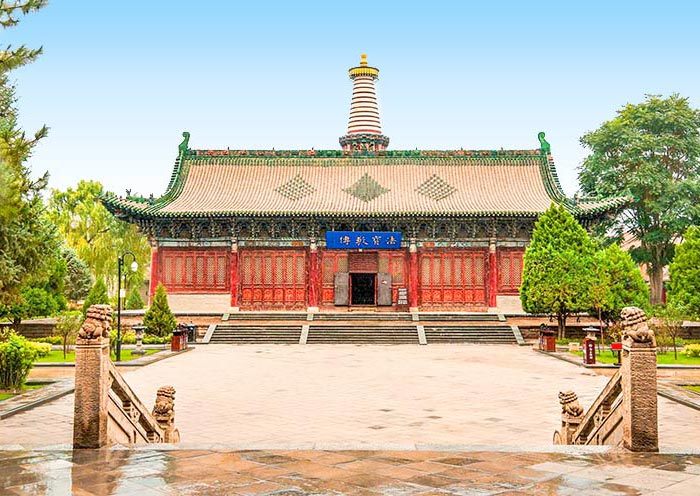
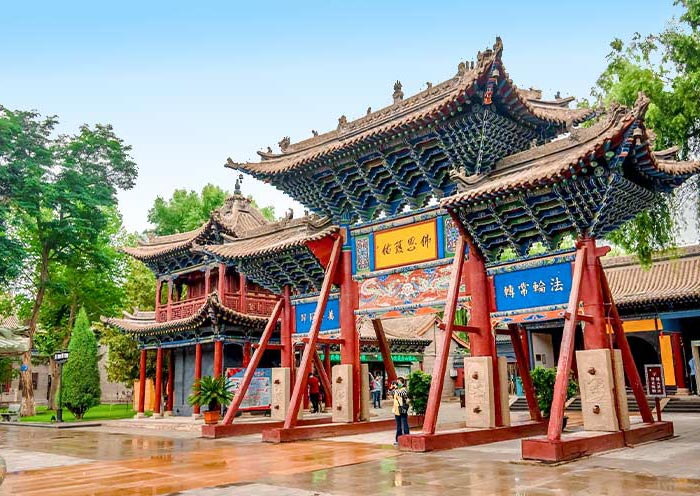
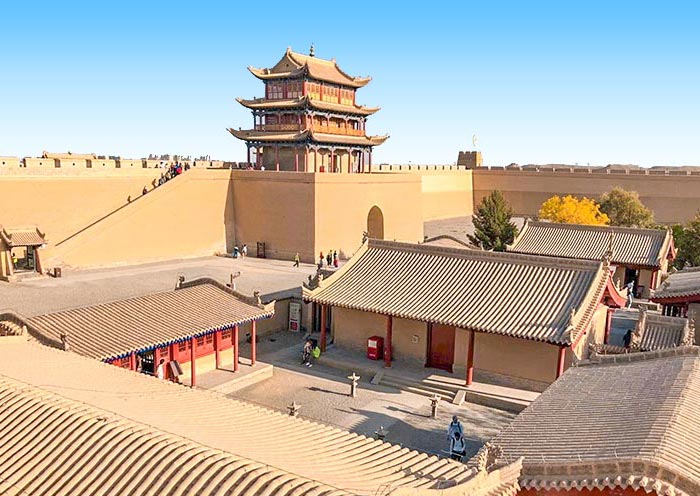

In the morning, head to Dunhuang (about 4 hrs). You will visit Mingsha Mountain & Crescent Lake (鸣沙山月牙泉) and even sit on the peak of Singing Sand Dunes (1,715 m) to wait for a stunning sunset in front of the Crescent Spring. The Singing Sand Dunes & Crescent Lake is praised as “one of the Top 5 Most Beautiful Deserts in China," "China's Best Natural Landscape Tourist Destination," and "China's Most Beautiful Moon-watching Spot." It is a geological park known for the unique spectacle of mountains, spring, and sand coexisting in the desert. You can enjoy various activities (self-pay) such as camel riding, sand sliding, desert motorcycles, off-road vehicles, helicopters, gliders... You will meet people in costumes of traditional Han clothing or Flying Apsaras.
The Mingsha Mountain is named for the sound produced by the moving sands, with recorded volumes of the singing reaching up to 83 decibels. This phenomenon of sand-producing sound is one of the Dunhuang Eight Views, known as "ShalingQingming沙岭晴鸣" in the Dunhuang County Chronicles《敦煌县志》, where Dunhuang's ancient name of Shazhou (沙洲) also originates. The Singing Sand Dunes stretches from the Mogao Caves in the east to the Dang River in the west, spanning about 40 km east to west and 20 km north to south. The mountain is formed from deposits of fine sand in five colors (red, yellow, green, black, white). The sand of Mingsha Mountain is carried by the wind from the Gobi Desert and the Kumtag Desert to settle here, gradually accumulating over time. The Crescent Lake is nestled amidst the Mingsha Mountain, named for its crescent moon-like shape. The spring water spans 242 meters from east to west and can reach up to 50 meters wide from north to south, with an average depth of around 1.5 meters. The spring is home to the Ironback Fish (铁背鱼local fish) and Seven Star Grass (七星草; medicinal herb) which is included in the "Three Treasures of Crescent Spring月牙泉三宝" by locals (the third one is Five-colored Sand五色沙), believed to bring good luck to people. So try your luck to find them. Remarkably, the sand has not encroached upon the spring, and the water remains clear and abundant, traversing through time, creating the world wonder of the "First Spring in the Desert沙漠第一泉."
Notes:
Optional activities in the Mingsha Mountain Scenic Area: Shoe covers; Sightseeing vehicle; Camel riding; Motorcycle; Off-road vehicle (seats 3 people); Paragliding; Helicopter (seats 3 people).
When participating in desert recreational activities, take care of your photographic equipment and prevent sand from entering the camera. When riding a camel, follow the staff's instructions when mounting and dismounting.
After that, you can pay a visit to Dunhuang Shazhou Night Market (敦煌沙洲夜市; Optional) for Dunhuang food. There are many distinctive snacks that you must try, such as Apricot Skin Water (杏皮水), Donkey Meat Noodles (驴肉黄面), and Bubble Oil Cakes (泡儿油糕). The locals in Dunhuang enjoy eating lamb, chicken, and beef, and they are good at noodle making.
Optional Evening Show: (Reservation Required)
"Ancient Sound of Dunhang《乐动敦煌》" (available yearround) is the world's first cave-style immersive theatrical experience, telling the story of a young man from the Western Regions named Bai Xin in the early years of the Tang Dynasty who discovers the essence of music in the dancing murals of Dunhuang. Using modern technology and combining live performances, the performance reproduces cultural elements such as music, dance, poetry, costumes, and paintings from the Dunhuang murals.
"Dunhuang Celebration《敦煌盛典》" (peak season only) is the world's first large-scale desert live performance, set against the backdrop of the Crescent Lake in the Mingsha Mountain. The unique feature of a 360-degree rotating and movable audience seat enhances the tragic love story of the young painter and the princess, reimagining the former prosperity of the ancient Silk Road and showcasing the unique cultural and folk customs of Dunhuang (including "Iron Flower").
"Encore Dunhuang《又见敦煌》" (peak season only) is a large-scale indoor experiential drama directed by Wang Chaoge王潮歌, one of the chief directors of the 2008 Beijing Olympics. Audience members "journey" through the scripture caves, Mogao Caves, and Silk Road, experiencing Dunhuang culture and the Silk Road firsthand.
"Thousand-Handed, Thousand-Eyed《千手千眼》"(peak season only) is a large-scale theatrical production performed by the China Disabled People's Performing Art Troupe, showcasing the folk story of "Wonderful Kindness Saves Father." The dance movements are graceful, with deep cultural significance and extremely high artistic standards.
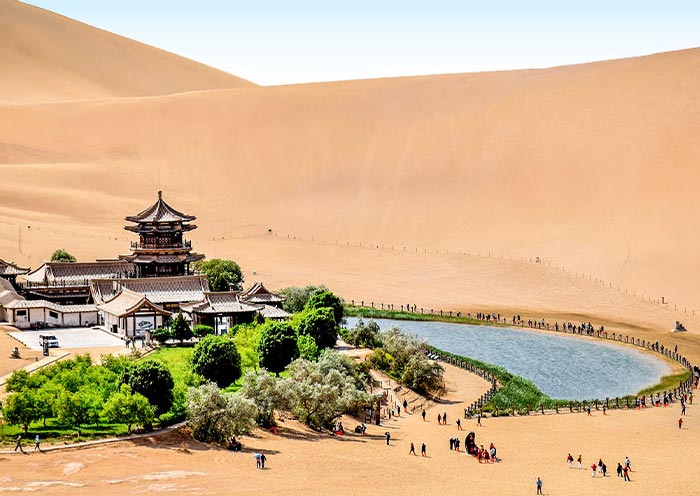
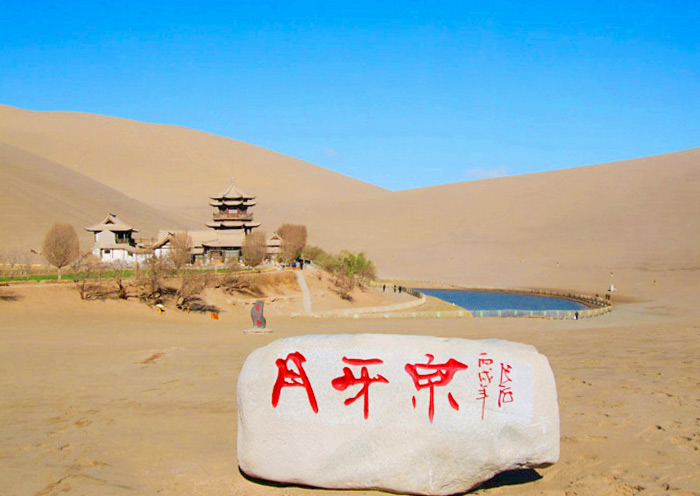
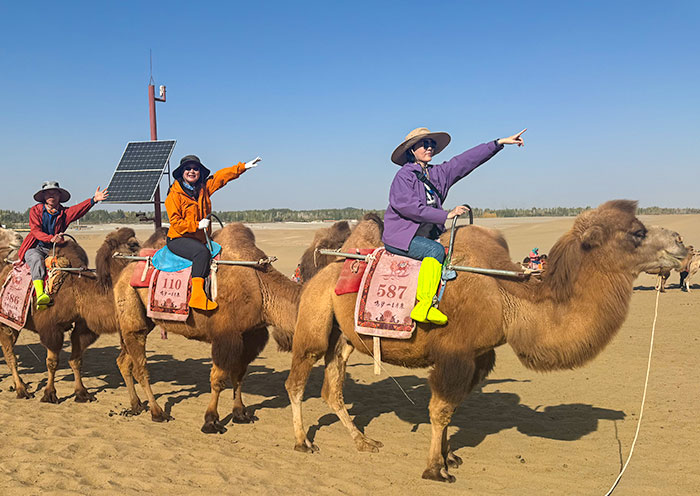
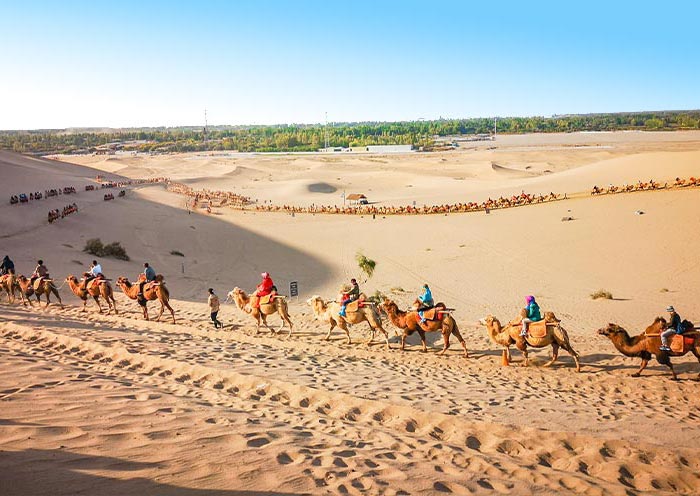
In the morning, you will enjoy a wonderful Dunhuang Culture Tour by visiting Mogao Grottoes (4-4.5hrs), a UNESCO World Heritage site. In the afternoon, travel from the Mogao Grottoes to Liuyuan South Station (140 km, 2.5 hours) to catch the high-speed train to Turpan (3.5 hours).
Dunhuang Mogao Grottoes is the must-visit place for a trip to Gansu. You may have read many stories about A. Stein (斯坦因a British archaeologist and explorer) and the vast trove of artifacts (Paintings, Sculptures, Manuscripts) he brought from the Mogao Grottoes in the early 20th century. You may have already seen the artifacts Stein collected in the British Museum in London. Or you may have heard of Paul Pelliot (French archaeologist & Sinologist) who like A. Stein, conducted several expeditions to Dunhuang and collected a large number of artifacts which is primarily housed in the Guimet Museum in Paris, France. Welcome to visit Mogao Grottoes the source of the world famous Dunhuang Manuscripts (Dunhuang Yi shu敦煌遗书; Cave 16-17) and explore valuable insights into the history and culture of the Silk Road.
The Mogao Caves (Mogao Grottoes莫高窟), also known as the Thousand Buddha Grottoes (千佛洞), are acclaimed as the "Treasure House of Eastern Art东方艺术宝库." The remaining 735 caves are dotted along cliffs rising about 15-30 m high and over 1,700 m, forming a magnificent spectacle of this world cultural heritage site. Despite the significant loss of artifacts to oversea museums, the Mogao Caves remain one of the world's largest and most richly endowed repositories of Buddhist art. Spanning sixteen kingdoms, Northern Wei, Western Wei, Northern Zhou, Sui, Tang, Five Dynasties, Song, and Western Xia dynasties, the construction of the Mogao Grottoes lasted for over a thousand years until the Yuan Dynasty, resulting in about 45,000 ㎡ murals and 2,415 clay sculptures. In the year 366 AD, the first cave of the Mogao Caves was carved into the cliff by the Monk Le Zun (乐僔; over 1,650 years ago). In the 7th century, Xuanzang (唐僧) translated numerous Buddhist scriptures at the Mogao Caves. In 1900, Daoist Wang (王圆箓) discovered the Library Cave (藏经洞; Sutra Cave; Cave 16). From 1941 to 1943, Zhang Daqian (张大千), a prodigious Chinese artist of the twentieth century, copied 276 murals here.
At the Mogao Caves, you can explore various types of grottoes (large statue caves, Nirvana caves, central pillar caves, vaulted ceiling caves, hall caves) and learn about the pigments used by ancient artists in painting murals (cinnabar, orpiment, azurite, mica, gamboge, gold leaf, shell powder). You can admire narrative paintings of Buddhist themes (the life of Shakyamuni Buddha, the Nine-Colored Deer Sacrificing Itself to Save Others), diverse clay sculptures (Buddha statues, Bodhisattva figures, guardians, deities), Flying Apsaras (飞天) and Swirling Dances (Sema; 胡旋舞) in the prosperous Tang Dynasty, as well as the attire and customs of patrons from various dynasties. At the Mogao Caves, you can witness the brilliance and charm of the ancient Silk Road and the efforts and achievements of generations of cultural heritage preservation workers and researchers (such as Chang Shuhong常书鸿, a Chinese painter known as the "guardian of Dunhuang"敦煌守护神).
You can start at the Mogao Caves Digital Center (莫高窟数字中心), watch a 40-minute digital film, and then take a shuttle bus to the caves. Guided by the site interpreters, you will visit 8 caves sequentially (Ticket A; no photography allowed inside the caves). You may have the chance to see significant caves like the Library Cave (Caves 16-17; the largest cave), the Nine-Storey Tower (Cave 96; one of Mogao's iconic structures; the largest Buddha statue), the Nirvana Sutra Cave (Cave 148; reclining Buddha), the Early Tang Treasures Cave (Cave 332), and the Northern Wei Masterpieces Cave (Cave 257). The actual eight caves visited may vary based on the site's conditions. If interested, you can visit the Cultural Relics Protection and Display Center (文物保护陈列中心) to see 1:1 replicas of eight special caves, including Caves 275, 249, 285, 419, 220, 217, 25, and 3 (photography allowed).
After the tour, you will head to Liuyuan South Station for the bullet train to Turpan.
Notes:
To protect the caves, the Mogao Caves implemented a real-name reservation system for timed visits, implementing a daily limit on the number of visitors. The ticketing system includes A/Regular tickets (6,000 tickets/day) and B/Emergency tickets (12,000 tickets/day; for domestic visitors only). A Ticket includes access to 8 caves and 2 digital movies. B ticket includes access to 4 caves and the Cave Artifacts Conservation and Research Exhibition Center.
Visitors must follow the visiting arrangement set by the management of the Mogao Caves on the day of the visit. The visiting order of the Mingsha Mountain and the Mogao Caves is subject to change.
If you are particularly interested in the caves, you can also purchase tickets for special caves at the site (may require queuing) to explore more exquisite caves. The special caves (self-pay) are divided into Line 1 (Caves 45, 320, 321, 420, 9) and Line 2 (Caves 275, 45, 156, 158, 159).
During the Dunhuang Cultural Expo or in case of inclement weather or other factors affecting the visit, if the Mogao Caves cannot be visited as planned, our company will refund the Mogao Caves tickets according to the actual cost, or arrange a visit to the Western Thousand Buddha Caves as an alternative.
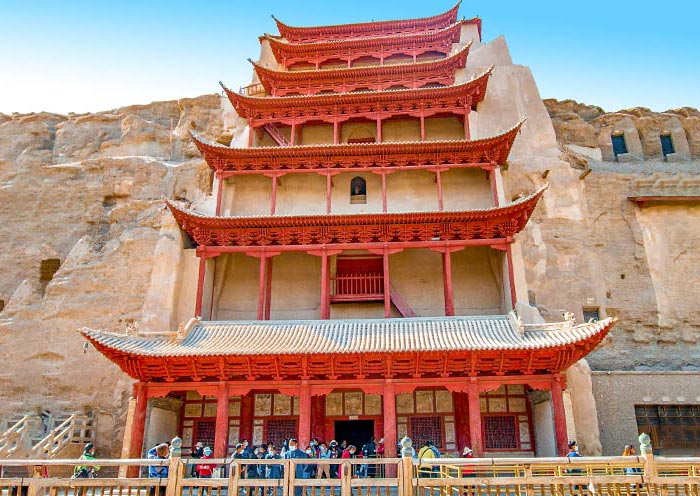
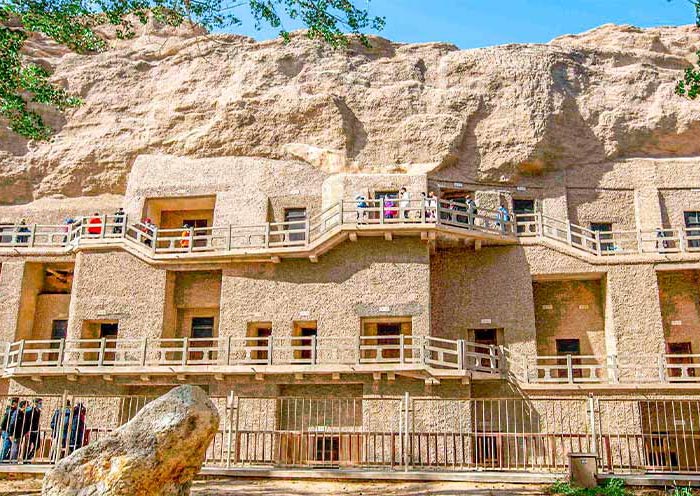
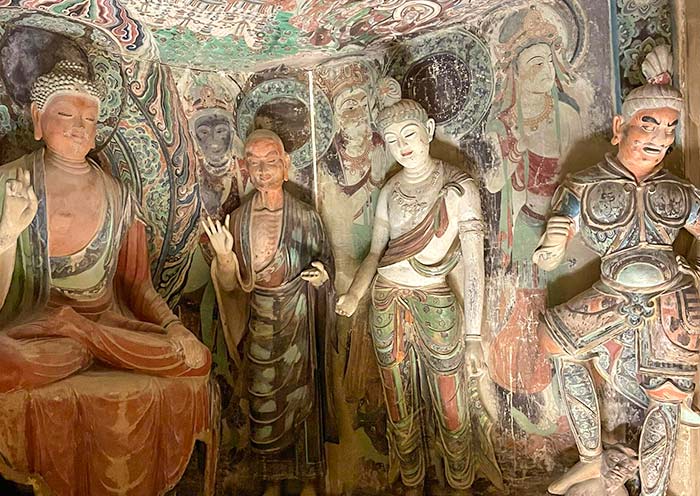
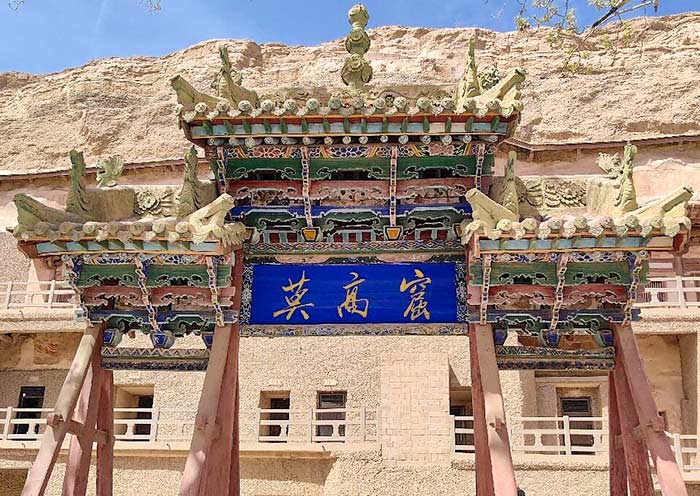
Today, you will delight in a splendid Turpan Culture Tour, exploring the Jiaohe Ancient City Ruins (a World Heritage site), the Karez System (one of China’s three Great Ancient Engineering Projects, alongside the Great Wall & the Grand Canal), and the Emin Minaret (Islamic and Uyghur Buildings) before traveling to Urumqi, a journey of about 210 km (4 hours).
After breakfast, begin your visit to Jiaohe Ancient City (交河故城), one of the best-preserved ruins of ancient cities along the Silk Road and inscribed on the UNESCO World Heritage List as part of the joint application "Silk Roads: the Routes Network of Chang'an-Tianshan Corridor." Jiaohe Ruins offers a profound glimpse into ancient city planning and the historical complexity of the civilizations on the Silk Road.
Nestled between two deep river valleys, Jiaohe, meaning "the confluence of two rivers," is strategically positioned on a large, steep plateau that provides formidable natural defenses. As a key city connecting the Central Plains (中原) and the vast regions of the Western Regions (西域), Jiaohe Ancient City played a vital role in the transportation network of the Silk Road. It witnessed the bustling trade along the Silk Road and the exchange and integration of Eastern and Western cultures.
Unlike many ancient cities, its structures were not built up from the ground but carved down into the existing plateau of loess soil. Walking through the ruins, you can see the remains of government offices, residential houses, Buddhist stupas, and temples. These remnants not only provide important physical evidence for studying the history and culture of the Silk Road but also offer valuable insights into the social, economic, and religious life that shaped this region. Tips: There is no shelter inside the ruin, so be mindful of sun protection.
The History of Jiaohe Ancient City
The Ancient City of Jiaohe witnessed the development of civilization in the Western Region and the Silk Road. Approximately 2,000 years ago, it was established as the capital of the Jushi Kingdom (车师国), one of the 36 kingdoms in the Western Regions (西域三十六国). Following Zhang Qian's pioneering efforts during the Western Han Dynasty to carve a path through the Western Regions, Jiaohe City emerged as a crucial hub on the Silk Road. In 60 BC, the Han Dynasty central government established the Protectorate of the Western Regions (西域都护府) to administer the various states in the region, officially incorporating the Western Regions into the Chinese domain. During the Northern and Southern Dynasties, Jiaohe became a county under the jurisdiction of Gaochang (高昌). The city reached its zenith during the Tang Dynasty with the establishment of the Anxi Protectorate (安西都护府), marking a new era in the governance of the Western Regions. During this period, Jiaohe was a bustling center of international trade and vibrant cultural exchanges among diverse ethnic groups. From the 19th to the 14th century, due to the impact of wars, Jiaohe gradually declined and eventually became a ruin.
Next, head to the Karez System (坎儿井) to learn about the ancient underground irrigation system a few thousand years ago and how this system has benefited the people along the desert's edge, transforming barren land into a lush oasis. This traditional engineering marvel is considered one of China’s three great ancient engineering projects, alongside the Great Wall and the Grand Canal. It has been recognized in the 2024 World Irrigation Project Heritage list (世界灌溉工程遗产名录).
The origin of the Karez Irrigation System
Turpan, in Xinjiang, is one of China's most arid regions, with annual rainfall of only 16 millimeters and evaporation exceeding 3,000 millimeters. These extreme conditions have led to severe surface water scarcity. To improve their survival prospects, people ingeniously utilized the natural slope of mountains to channel underground rainwater, glacial melt, and snow-melt from spring and summer to the surface for irrigation. This method greatly reduced water loss through surface evaporation, meeting the water needs of this arid region. It’s often said, "Without the Karez, there would be no Turpan; without the Karez, there would be no civilization in Turpan." The Karez has turned extremely arid basins into green havens, making Turpan a crucial corridor for East-West exchanges along the Silk Road and a place where diverse cultures converge and coexist.
The Karez system is often referred to as the "Underground Great Wall". In Xinjiang, there are over 1,700 Karez Wells which, if connected, would stretch over 5,000 kilometers, forming a vast underground river network. It is estimated that the Karez system has a history of over 2,000 years. Imagine centuries ago, without modern measuring tools or mechanical assistance, how ancient people located underground water sources, determined the gradient and direction in complete darkness, and connected such lengthy channels. Today, you have the opportunity to step into the Karez and personally unravel the secrets of this most mysterious hydraulic engineering project, experiencing first-hand how ancient innovation works.
Next, continue your exploration at the Emin Minaret (额敏塔), the tallest Islamic minaret in Xinjiang. Also known as Sugong Ta (苏公塔), this remarkable structure was erected in 1778 by the local ruler Suleiman, in tribute to his father, Emin Khoja, whose considerable efforts helped maintain national unity.
It stands 44 meters (144 feet) tall and is made from sun-dried bricks, which give it a distinct, earthy color. The tower's cylindrical body tapers elegantly as it rises, topped by an ornate, pointed dome. Uyghur artisans crafted up to 15 different types of brick patterns, including waves, diamonds, floral clusters, and crosses, which create endlessly looping designs around the tower. Gazing up from beneath the tower, you can fully appreciate the simplicity and grandeur of these designs. The accompanying mosque is an integral part of the complex, which you can visit as well. Emin Minaret serves not only as a religious structure but also as a cultural icon for the Uyghur people, embodying a unique blend of Islamic and Uyghur architectural traditions.
Then, head to Urumqi for Overnight. Welcome to Urumqi (乌鲁木齐), the capital of the Xinjiang Uygur Autonomous Region in China. It is notable for being the largest city in the world that is furthest from the ocean, with a distance of over 2,500 km from the nearest coastline. Urumqi is located in northwestern China, adjacent to Central Asian countries, and is often referred to as the "Urban Heart of Asia." Historically, Urumqi played a significant role as a major stop on the ancient Silk Road, facilitating trade between China and the West.
This history has left a lasting impact, making Urumqi a melting pot of ethnic groups, including Uyghurs, Han, Kazakhs, and others, which has shaped the unique cultural ambiance of western China. In addition to its rich history, the city is surrounded by the rugged beauty of the Tian Shan Mountains, providing stunning backdrops and opportunities for outdoor activities.
Note: Xinjiang follows the unified Beijing Time, which is UTC+08:00. However, due to its geographical location within the UTC+6 time zone, the actual local sunrise and sunset in Xinjiang occur about two hours later than they would according to Beijing Time.
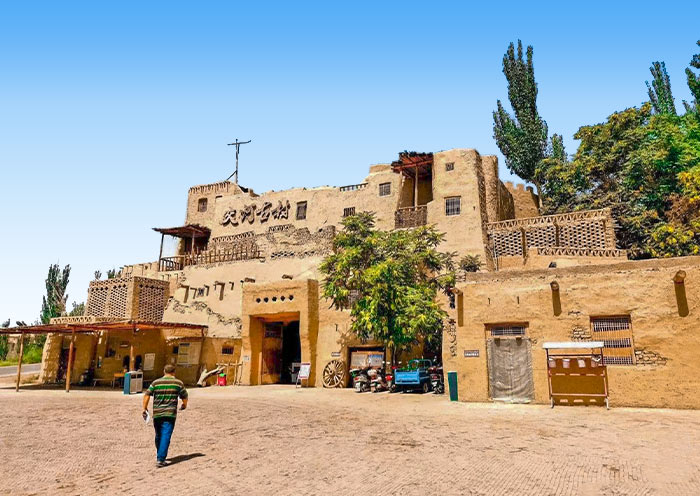
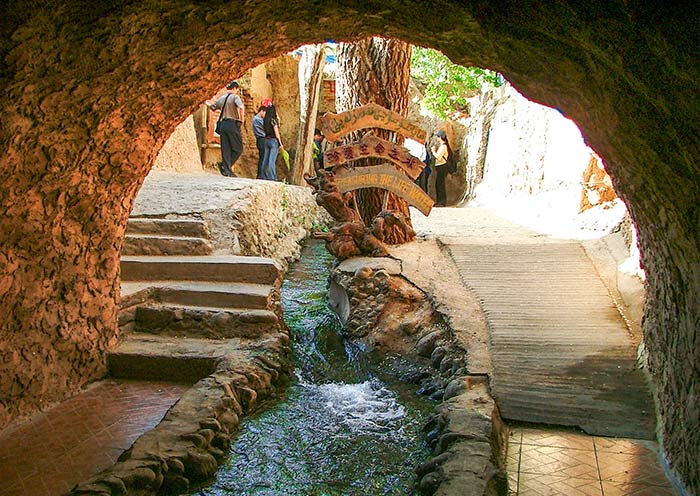
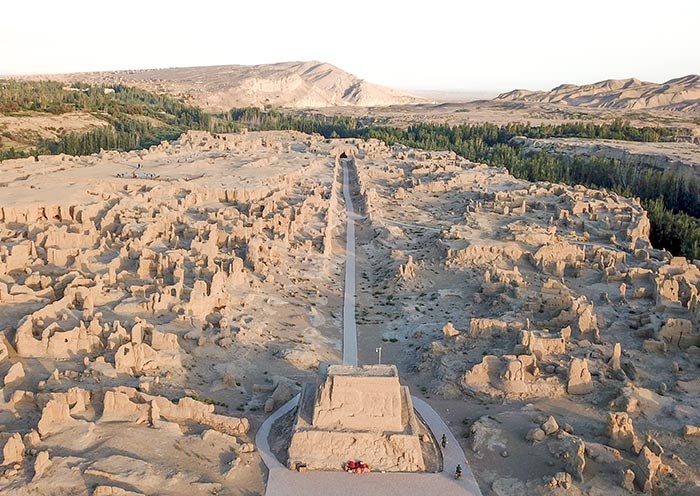
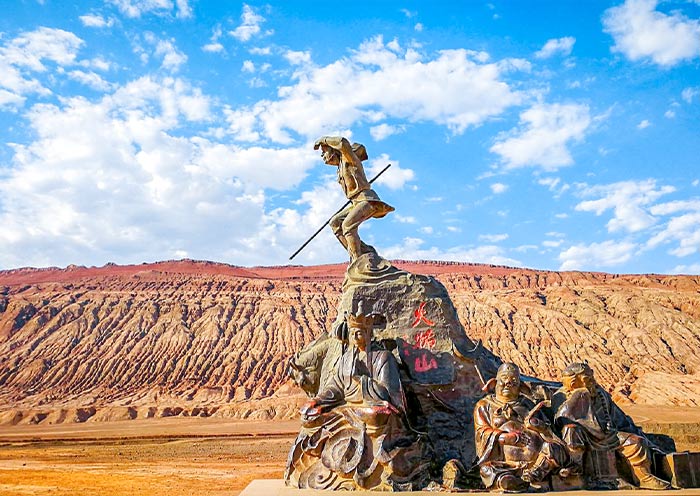
Today, you'll embark on a full-day tour around Urumqi to explore the breathtaking natural beauty of Tianshan Tianchi Lake (Heavenly Lake of Tianshan) and the enlightening exhibits at the Xinjiang Regional Museum.
In the morning, you'll be driven about 70 km (about 1-1.5 hours) to Heavenly Lake of Tianshan (天山天池), a UNESCO World Heritage Site. Nestled at an elevation of around 1,980 meters (6,500 feet) above sea level, this serene alpine lake is surrounded by lush forests, snow-capped peaks, and breathtaking landscapes. Renowned for its crystal-clear waters, panoramic Bogda mountain views, and connections to ancient myths and legends, Heavenly Lake is a must-see. One such legend involves the Queen Mother of the West (西王母), who is said to have hosted a banquet for the Eight Immortals here.
Upon arrival, you'll first take 40-minute sightseeing bus ride through the dramatic mountains. Then, enjoy 10-minute walk to the picturesque lake. Enjoy a leisurely stroll around Heavenly Lake, taking in the fresh mountain air and diverse flora and fauna.
Optional Activities (Additional Fee Required):
1. Boat Ride: Cruise across the peaceful waters of the lake, immersing yourself in its beauty and the reflections of the snow-capped mountains.
2. Cableway Ride: Take a cableway up to Mayashan for even more stunning views of Bogda Mountain.
After lunch, return to Urumqi and visit the Xinjiang Regional Museum (新疆维吾尔自治区博物馆). This renowned museum showcases the region's rich history, ethnic cultures, and the ancient Silk Road. Explore extensive collections that include exotic artifacts from the Silk Road, and fascinating displays of traditional ethnic costumes and household items from various cultures such as Uyghur, Kazakh, and Han. The most unique is the exhibit of ancient mummies, which houses some of the world’s best-preserved mummies, including the famous “Loulan Beauty楼兰美女”, one of the 3,800-year-old desert-mummified bodies of Indo-European ancestry. Remember to take a look at the 'Five Stars Rise in the East, Benefit China' Han Dynasty Brocade Armband (”五星出东方利中国”汉代锦护臂), which is one of the first batches of cultural relics in China that were prohibited from being exhibited abroad. It is acclaimed as one of the greatest archaeological discoveries of 20th-century China. Also, the "Fu Xi and Nu Wa Silk Painting (伏羲女娲图)" illustrates the image of human ancestors from ancient Chinese myths and legends, dating back to the Tang Dynasty. The museum’s immersive exhibits will transport you back in time, allowing you to learn about the fascinating history of the Silk Road and the cultural interactions that have shaped Xinjiang.
Note: When the Xinjiang Regional Museum is closed on Mondays, we will visit the Urumqi Grand Bazaar (新疆国际大巴扎) instead.
After the tour, return to your hotel in Urumqi.
Free Time Ideas:
The Urumqi Grand Bazaar, also known as the Xinjiang International Grand Bazaar, is a vibrant marketplace and a perfect way to spend your free time. Explore the many shops and stalls offering various local products, including traditional Uyghur clothing, carpets, handmade crafts, silk scarves, jewelry, spices, and dried fruits. Be sure to try local favorites such as lamb kebabs, polu (pilaf), naan bread, and laghman (hand-pulled noodles). Additionally, the architecture of the Grand Bazaar itself is worth admiring with its grand minarets, domes, and intricate Islamic-inspired designs.
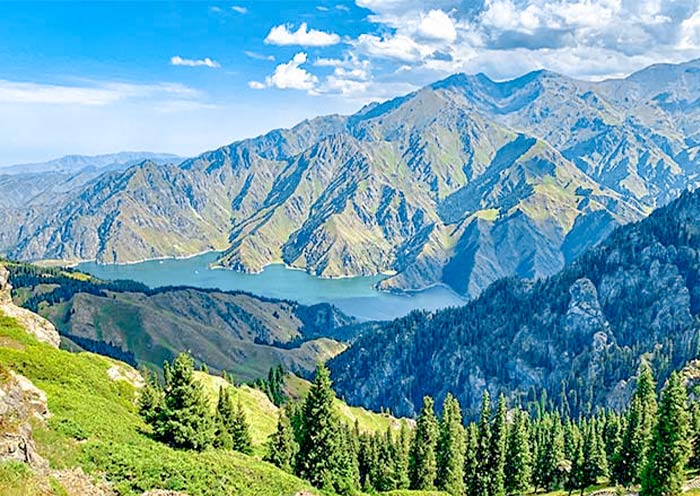

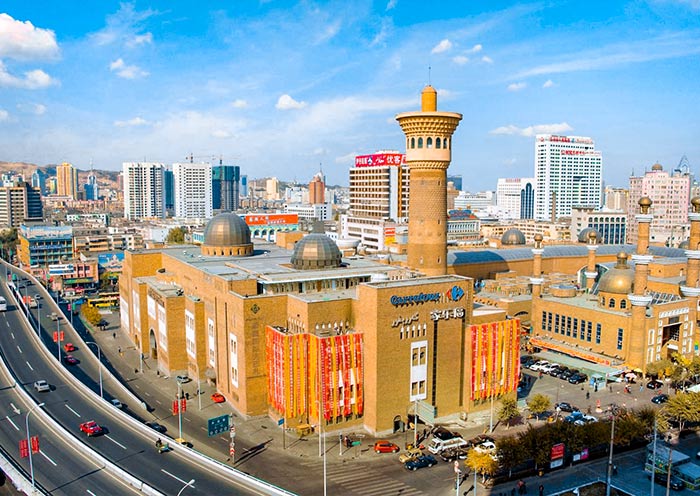
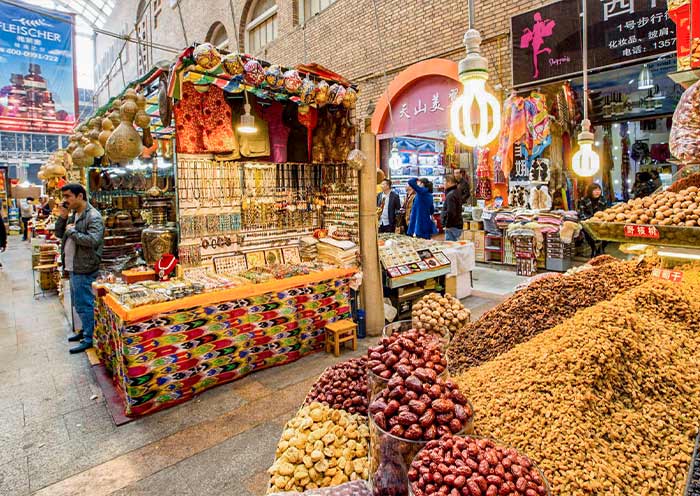
This early morning, you will take a flight to Kashgar (about 2 hrs). Upon arrival at Kashgar Airport, your local tour guide will greet you and escort you to downtown Kashgar.
Kashgar (喀什), located in the southwestern part of Xinjiang, was historically known as Shule ( (疏勒国), and was one of the thirty-six kingdoms of the Western Regions (西域三十六国). For centuries, Kashgar has been a significant city in southern Xinjiang. It served as the western terminus for the northern, central, and southern routes of the ancient Silk Road, connecting Asia and Europe. It has long been a transportation hub and distribution center for goods between East and West. Trade is highly developed here, earning it the title of "Kingdom of Bazaars (markets)." Diverse cultures from Asia and Europe converge on Kashgar, clashing and blending intensely with the local culture, injecting new vitality into Kashgar. This cultural fusion is specifically reflected in Kashgar's architecture, cuisine, and vibrant markets. The city has been a melting pot of various ethnicities, including Uyghurs, Han, Tajiks, and others. Kashgar's geographical location is near the Taklamakan Desert and surrounded by the Kunlun Mountains and the Pamir Plateau provides spectacular natural scenery.
Your exploration can begin in Kashgar Old City (喀什老城市). The Old City is the soul of Kashgar, encapsulating over two millennia of cultural and commercial exchanges along the Silk Road. Situated at the heart of the city and spread across 3.6 square kilometers, the Old City is a living museum, telling tales of ancient trade and cultural fusion. As a crucial hub for East-West traffic and a distribution center for goods, it offers a vivid glimpse into past prosperity.
Within Kashgar Old City, the streets and alleys intersect intricately, narrow and winding paths with buildings of varying heights, creating a layout that resembles a maze. As you wander through, you'll see traditional Uyghur mud-brick houses and numerous structures with Islamic features, such as pointed arches, domes, intricate woodcarvings, and colorful ceramic tiles. These architectural and street designs perfectly Central Asian and Islamic architectural elements with Uyghur characteristics, creating a sense of time travel for visitors.
The Kashgar Old City thrives with commercial activity, with numerous bazaars and street markets scattered throughout, such as the Pottery Bazaar, Flower Pot (Doppa) Bazaar, Blacksmith Bazaar, Woodwork Bazaar, Medicine Tea Bazaar, Han Bazaar (Food Street)... This area is not only an excellent place to purchase and appreciate various handicrafts but also an ideal spot to savor Uyghur cuisine. Indulge in succulent lamb kebabs (羊肉串), rich and spicy lagman noodles (拉条子), savory samsas (烤包子), and freshly baked Naan (囊). As you wander through, the scenes, sounds, and scents on the streets seem to transport you back to the heyday of the Silk Road. You can almost visualize the bustling caravans, with merchants from China, Persia, Arabia, and many local regions converging here. The air is filled with the melodious ringing of bells on camels' necks.
Furthermore, Kashgar Old City is a hub for numerous cultural and religious activities as well as a place for residents' daily lives and social interactions. One of the most notable landmarks is Id Kah Mosque(艾提尕尔清真寺), one of the largest mosques in China, attracting thousands of worshippers daily. To experience local life firsthand, you can visit a century-old teahouse (百年老茶馆). As you sit, sip tea, and observe, you'll appreciate the traditions and hospitality of Uyghur people. With luck, you might have to a chance to witness locals playing and singing traditional Rawap music.They may even invite you to join in, twirling your hands as you dance.
If you happen to visit Kashgar on a Sunday, you can't miss the famous Kashgar Livestock Market (牛羊巴扎).
On the northern edge of Kashgar city, there is a massive livestock trading market. Every Sunday, this market becomes as lively as a carnival. People from surrounding villages flock here with their sheep, cows, and even camels.
At the market, you can witness Uyghur herders proudly showcasing their livestock. The traders typically grasp each other’s hands inside the spacious sleeves of their robes, silently signaling their price offers with their fingers - an intriguing and silent process full of wit. Once the price is agreed upon, neither party can back out. This traditional method of trade has been continuing for thousands of years. It’s an excellent opportunity for photography and to witness the ancient commercial traditions that are fast becoming rare in the modern world.
Tips: Due to the large number of livestock in the market, prepare yourself for a strong odor.
After the tour, be escorted to your hotel in Kashgar.

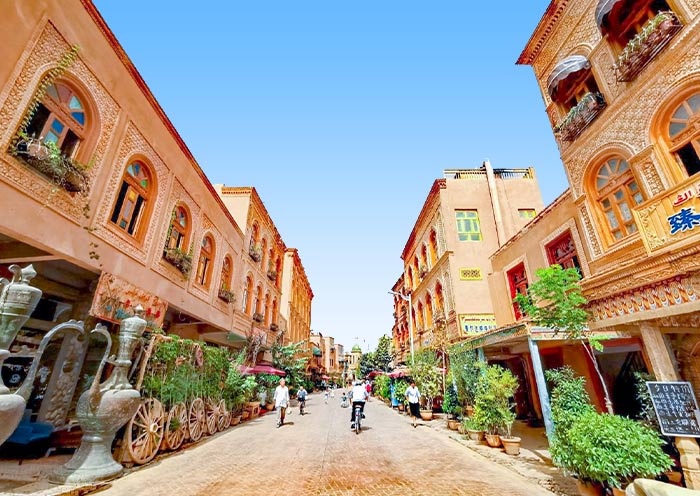
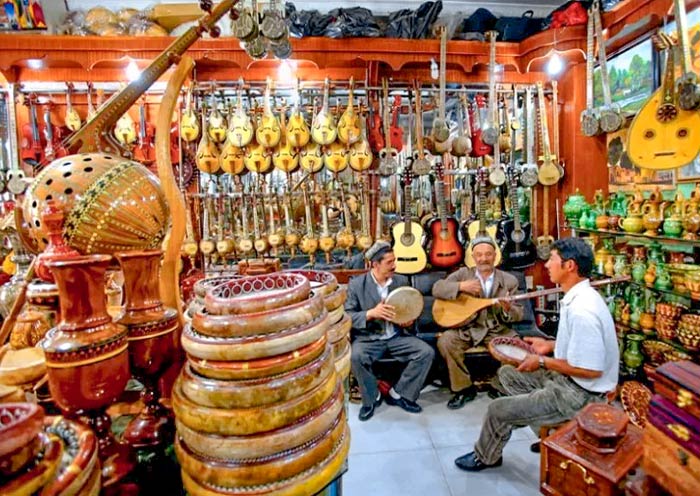
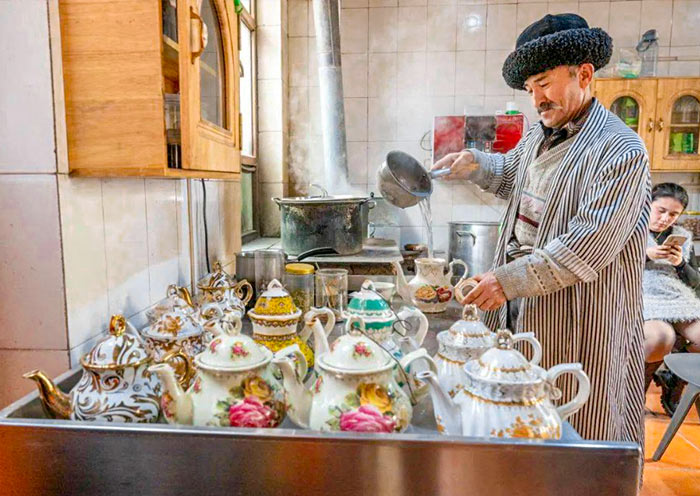
This morning, your guide and driver will pick you up from your hotel in Kashgar to embark on an exhilarating road trip along the China-Pakistan Highway. Along the way, you can enjoy the beautiful landscape of Pamirs Plateau, visit Baisha Lake and Karakul Lake, admire the distant and mysterious Muztagh Ata Peak, Kongur Tagh, Kongur Tiube, and conclude with a visit to a Tajik family home in Tashkurgan. (Total distance: 300 kilometers, approximately 7-8 hours of travel).
The China-Pakistan Highway (中巴公路) is also known as the Karakoram Highway (KKH), and referred to locally as the Pamir Highway. It begins in Kashgar, Xinjiang, China, traverses the Karakoram mountain range, the Hindu Kush range, the Pamir Plateau, and the western edge of the Himalayas, passes through the Khunjerab Pass (elevation: 4,693 meters) at the China-Pakistan border, and extends south to the northern Pakistani city of Thakot. Spanning approximately 1,224 kilometers, with 415 kilometers within Chinese territory, it is one of the highest paved border crossings in the world.
Historically, the routes across the Pamir Plateau (帕米尔高原), also known as Congling (葱岭) in ancient times, were integral parts of the ancient Silk Road. This section was one of the most challenging segments for merchants and travelers on the Silk Road due to its harsh and rugged terrain. Here, several of the world's renowned mountain ranges - the Himalayas, the Karakoram, the Kunlun Mountains, the Tianshan Mountains, and the Hindu Kush - converge and radiate outward, forming a massive mountainous junction. Today, the China-Pakistan Highway has transformed these perilous trade routes of the past into magnificent thoroughfares, attracting numerous tourists to the Pamir Plateau to experience its stunning natural scenery. The route offers views of Danxia landform, snow peaks, deep canyons, serene lakes, expansive wetlands, and pristine glaciers, making it Southern Xinjiang's most quintessential three-dimensional scenic route.
Along the way, you will visit the following attractions:
Baisha Mountain-Baisha Lake Scenic Area (白沙山-白沙湖景区):
As you drive along National Highway G314, you'll encounter Baisha Lake (白沙湖) , also known as Bulunkou Lake - a striking plateau lake nestled in the Pamir Plateau (elevation:about 3,660 meters). From its shore, you're treated to a stunning vista: half pristine blue water, and half white sand mountain, both harmonizing with distant snow-capped peaks to create a magnificent spectacle.
On the lake's northern shore stands the renowned Baisha Mountain(白沙山), winding for over 1,200 meters. The dark mountain body, covered with white sand, presents a soft silvery-white color under the clean sunlight of the Pamir Plateau, resembling white silk. Legend has it that as the lake water gradually dries up in autumn and winter, the white sand at the bottom of the lake emerges. In spring, the wind blows this sand onto the mountain, creating the extraordinary spectacle of sand accumulating into a mountain. Whenever strong winds blow, Baisha Mountain emits a sound, earning it the name "Singing Sand Mountain." The southern shore of the lake is embraced by a chain of snow-capped mountains, with the highest peak being Mount Kongur Tagh at an elevation of 7,530 meters, adding further grandeur and mystery to this captivating landscape.
Karakul Lake (喀拉库勒湖):
Karakul Lake is a high-altitude moraine lake (elevation:about 3,600 meters).Its name in the Kyrgyz language means "Black Lake," attributed to its deep, dark waters. However, if you spend enough time by the lake, you will notice that it changes colors under different lighting conditions, appearing deep blue, emerald green, or ink black, earning it the nickname "the ever-changing lake."
Yet, the true highlights of Karakul Lake are the imposing peaks known as the "Kunlun Trio" that tower behind it: Kongur Tagh, Kongur Tiube, and Muztagh Ata, with altitudes of 7,719 meters, 7,595 meters, and 7,546 meters, respectively. On clear days, their majestic reflections are perfectly cast upon the glistening surface of the lake, creating the most iconic views of Karakul Lake. Among these, Muztagh Ata is particularly striking, covered with many glaciers, and is known as the "Father of Ice Mountains."
Afterward, drive to Tashkurgan County (塔什库尔干) and conclude your visit to a local Tajik family's home. As Tashkurgan Tajik Autonomous County, the area is populated with the warm and hospitable Tajik people (塔吉克族). They are known for their singing and dancing abilities and regard eagles as symbols of strength and freedom. This experience offers a unique opportunity to interact directly with the local Tajik community living at high altitudes.You'll gain insight into the everyday lives of the Tajik people, witness the skilled craftsmanship and colorful textiles that decorate their homes, experience their traditional music and dance, and possibly enjoy snacks prepared in their distinctive style.
Stay overnight in Tashkurgan County.
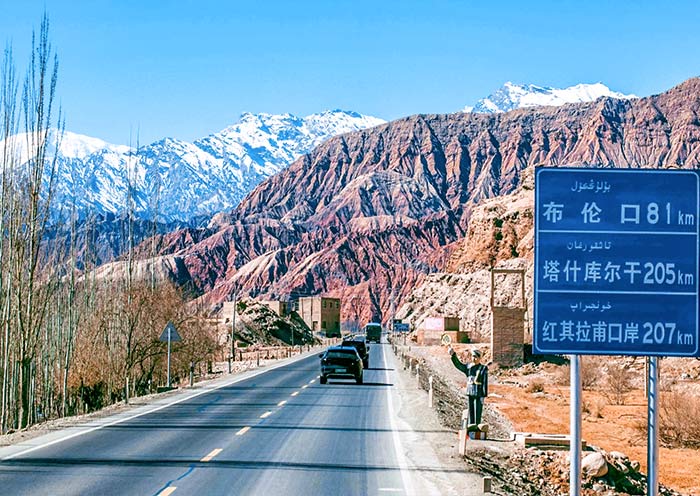
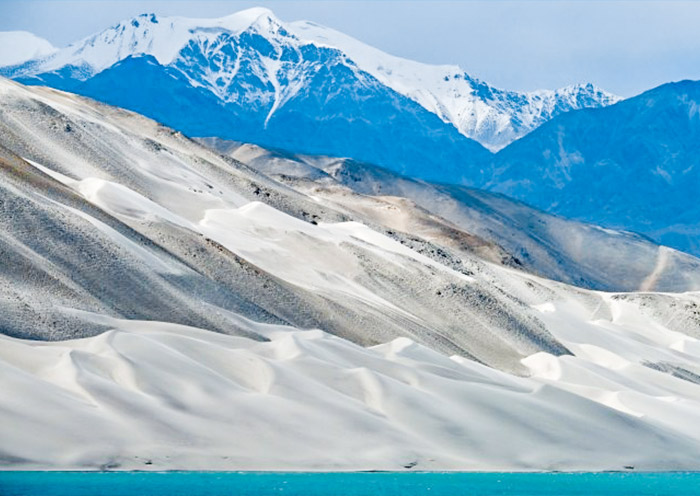
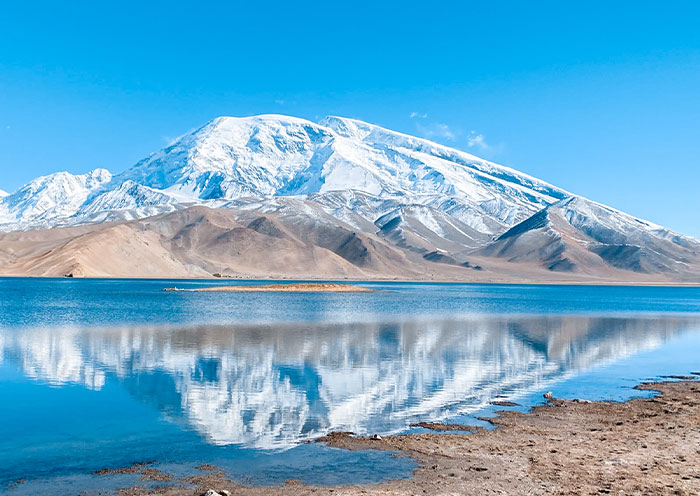
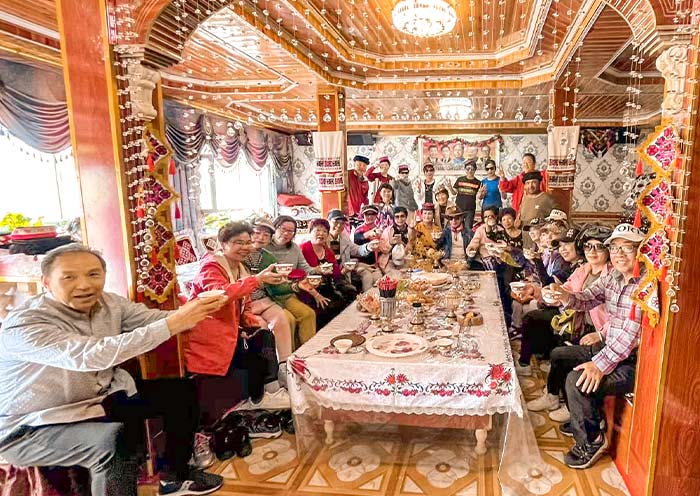
Today, you will be exploring Tashkurgan County before driving back to Kashgar along the scenic China-Pakistan Highway.
Tashkurgan or Taxkorgan, officially known as Tashkurgan Tajik Autonomous County (塔什库尔干塔吉克自治县), is situated in the eastern part of the Pamir Plateau, at an elevation of about 3,600 meters. In Uyghur, Tashkurgan means "Stone Fort," a name derived from the ancient stone fortresses located to the north of the town. It has the unique geographical advantage of being "one county bordering three countries," namely Tajikistan, Afghanistan, and Pakistan. As the final pass of the Silk Road within China's borders, Tashkurgan has been both an outlet for Central Plains civilization and a gateway for religious transmission throughout history.
After breakfast, you will set out to explore Stone City (石头城), also known as Tashkurgan Fort, a fortress of great strategic importance on the ancient Silk Road. Archaeological evidence During the Han period, it was once the capital of the Puli Kingdom (蒲犁国) one of the thirty-six states of the Western Regions (西域三十六国). After the Tang Dynasty unified the Western Regions, it became the largest post station on the ancient Silk Road crossing the Congling (Pamir Plateau). The renowned Chinese Buddhist monk Xuanzang (玄奘) stopped here to preach for 22 days on his return journey from India.
It is built on a high hill, with an extremely steep terrain, mainly constructed from piled stones, forming a unique stone city landscape. For travelers, it is a fantastic experience to explore the city ruins, witness the vicissitudes of the ancient city, and imagine how many merchants, monks, and explorers once traveled westward or eastward from here, or ponder how the Tajik ancestors, over a thousand years ago without advanced tools, managed to complete such a massive and magnificent project.
Following your visit to the fort, you will explore the expansive golden grasslands (金草滩) at the foot of the Stone City. This area, known as Alar National Wetland Park, comprises wetlands, meadows, rivers, marshes, snow-capped mountains, and plateaus. The Tashkurgan River flows through this area, where lush water and grass abound, and livestock roam freely, blending beautifully with the distant snow-capped mountains, white clouds, and blue sky. When the setting sun casts its light, the verdant grasslands turn a golden hue, and in the distance, the herders' white felt tents and flocks of sheep are bathed in the sunset as if cloaked in a golden glow. Hence, this area is aptly named "Golden Grasslands."
Lastly, you will leave Tashkurgan and drive back to Kashgar city along the scenic China-Pakistan Highway. This journey is not merely a return trip but a continuous discovery of the profound and majestic beauty that defines the Pamir Plateau. You'll have the opportunity to admire the spectacular snow-capped peaks from various angles on both sides. Muztagh Ata, Kongur Tagh, and Kongur Jiubie Peak form a triangular configuration, standing like towering pillars on the Pamir Plateau.
Stay overnight in in Kashgar city.
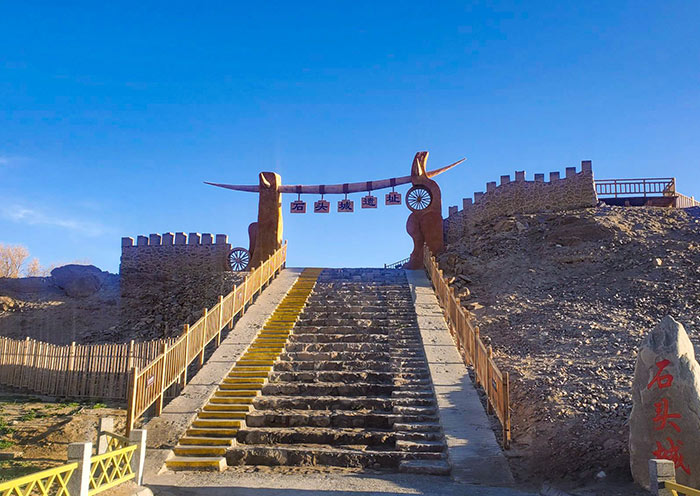
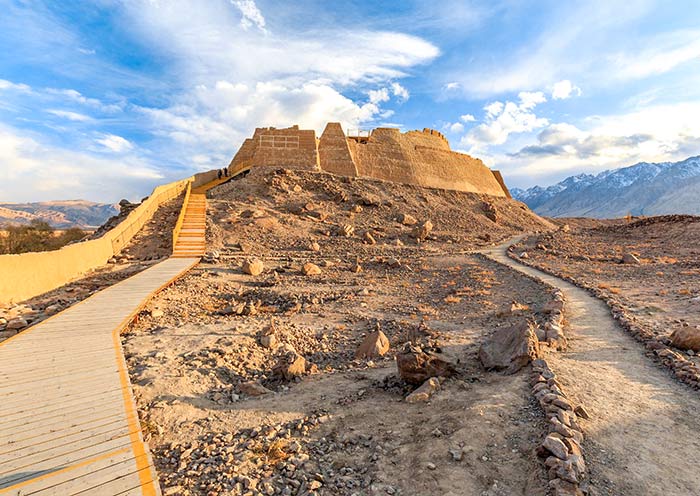
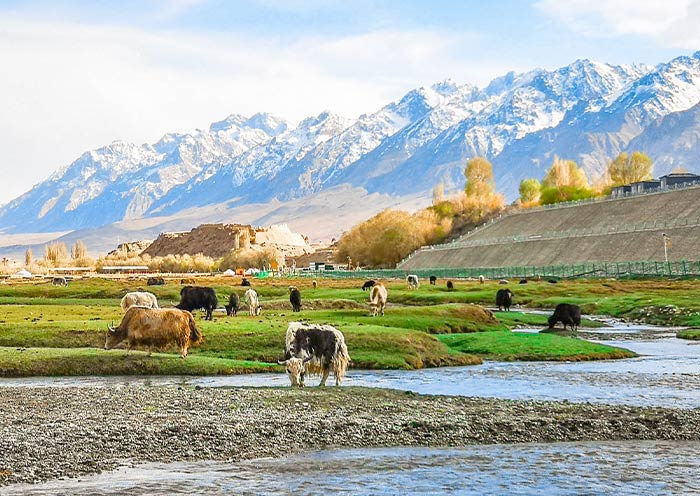
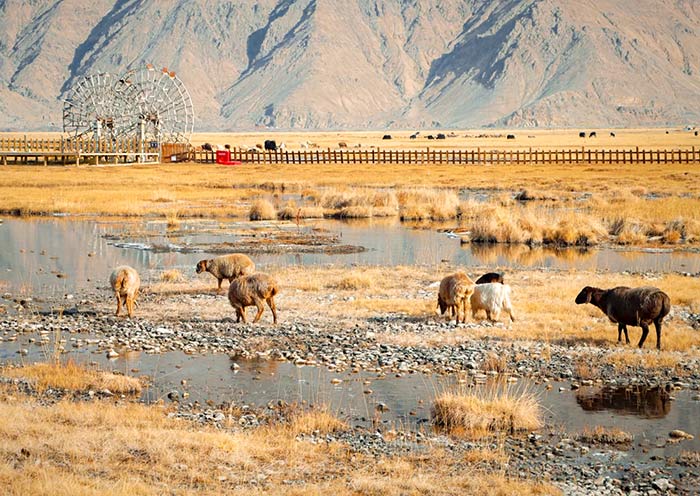
You will have some free time in Kashgar and explore more at your own pace till your guide escorts you to the airport for your flight to Chengdu.
Nihao! Welcome to Chengdu, the Hometown of Giant Pandas! Your private driver and guide will be ready for you when you arrive in Chengdu. Enjoy a trouble-free transfer to your hotel. The rest of today is yours to relax in panda city on your own.
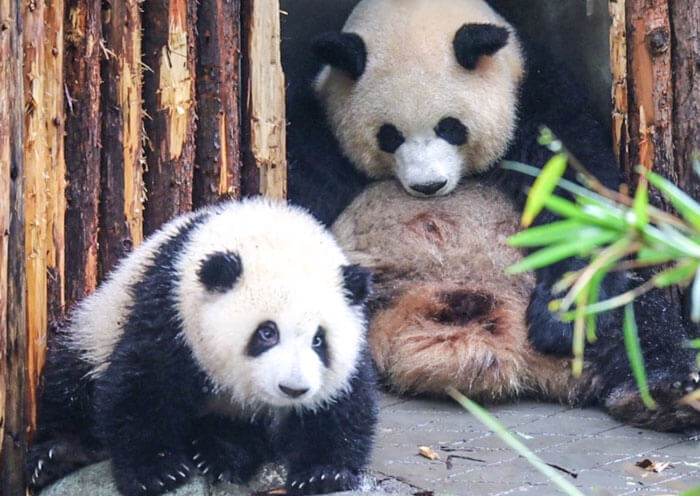
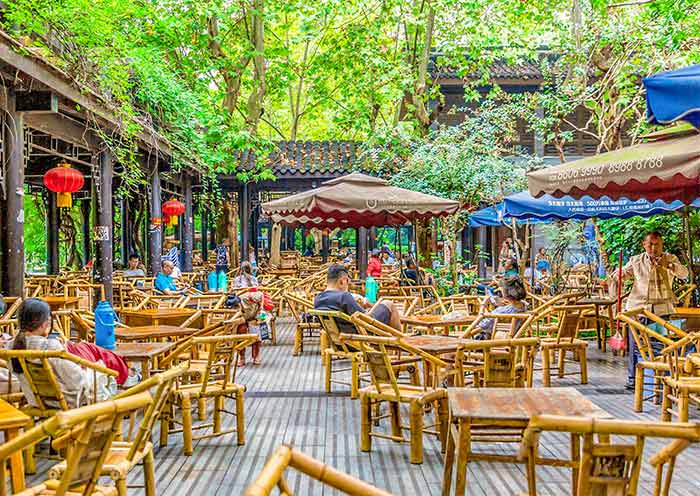
In the morning, you will meet your guide early at the appointed time in your hotel lobby. Since pandas prefer cool weather and are more active in the morning, we advise you to arrive early at Chengdu Research Base of Giant Panda Breeding (Chengdu Panda Base), located only about 17 kilometers away from the city center. This is the closest panda base around Chengdu for you fulfill your panda dream.
Chengdu Panda Base is the base with the largest population of captive giant pandas in the world, accommodating over 100 pandas of different ages. You can watch pandas playing, eating, climbing, sleeping, and in autumn, even see the pink newborn giant panda cubs in the Sunshine Nursery House and the Moonlight Nursery House. Discover the charming panda stars at this base, such as Hua Hua, the most adored and celebrated panda who has captured the hearts of the nation, and Zhi Ma, the real-life inspiration behind the panda mascot of the World University Games. Besides giant pandas, the cute red pandas (rarer than giant pandas) at the Red Panda Playgrounds are also the highlight of the Chengdu Panda Base. Nowadays, the panda base has also become an urban birding spot for local birders and kids to search for Red-billed Leiothrix, Black-throated Tit, Chinese Blackbird, Spotted Dove, White-browed Laughingthrush, and more. If you're interested, you can follow your guide to discover more about pandas' secrets through the Chengdu Giant Panda Museum, which is free to enter but requires advance reservation, and closed on Mondays.
Later, pay a visit to Wenshu Monastery, a 1400-year-old temple dedicated to honoring Manjushri Bodhisattva, the Symbol of Wisdom. It is one of the four great temples of the Chan (Zen) school of Buddhism in China. Before entering the temple, take a moment to capture the beauty of the Red Wall. Once inside, stroll leisurely through the temple's beautiful Qing Dynasty-style buildings and marvel at the Heavenly Kings Hall, Three Saints Hall, Grand Buddha Hall, Dharma Hall, and Scripture Library in that order. The temple's buildings, such as the bell tower and corridor, are seamlessly integrated with the main complex, creating a peaceful and immersive atmosphere where you can explore and reflect on the teachings of Buddhism.
In this afternoon, it's time to take a leisurely stroll inside Chengdu Renmin Park (Chengdu People's Park) like a local and enjoy the city's slow lifestyle. You can watch locals square dancing, practicing Taiji, singing Chinese folk songs, playing traditional Chinese musical instruments, as well as playing Chinese chess and boating on the lake. Don’t miss the blind date corner (a marriage market) where parents of unmarried adults flock to the park to find a partner for their daughter or son. Then, order a cup of fragrant jasmine green tea (a favorite of Chengdu locals) while sitting in a time-honored tea house, such as Heming Tea House. Chat with your friends, try Chengdu Ear Cleaning by professional ear cleaner, and see locals having fun playing mahjong.
When the sun sets, the nightlife on Jinli Street becomes even more charming. Known as the "Chengdu Riverside Scene at Qingming Festival Scroll" and ranked at the top of the world's most beautiful streets by CNN Travel in 2021, Jinli Street was first built during the Three Kingdoms Period (220-280) and was then known as "Shu Jinli". Walking on Jinli Street, you can appreciate the brilliant Chinese Traditional buildings of Qing Dynasty style (1616-1911), buy all kinds of souvenirs (Shu embroidery, lacquer products, folk handicrafts, calligraphy, and paintings), try delicious local snacks (Dan Dan Noodles, Egg Pancake, Bon Bon Chicken, Sweet Potato Noodles with Pork Intestines, Iced Jelly, Sour and Spicy Tofu Pudding), and discover intangible heritages like Sugar Painting, Shadow Puppy Play, Sichuan Opera Show...
After the tour, be transferred to your hotel in Chengdu downtown for a good rest.
Recommended Optional Evening Activities:
- Watch a wonderful Sichuan Opera performance which includes face changing, spitting fire, hand shadows, puppet show, dancing, singing and acrobatics. (usually from 20:00 to 21:30).
- Appreciate the city’s night view by boat (30mins) along the Jinjiang River, which winds through central Chengdu. ( 18:00~23:30)
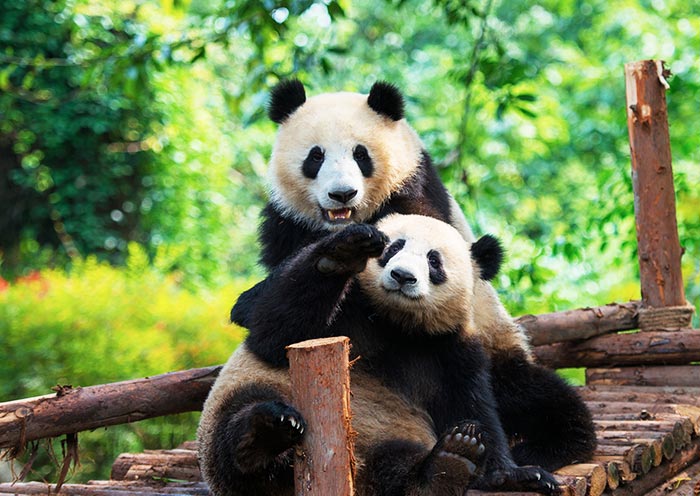
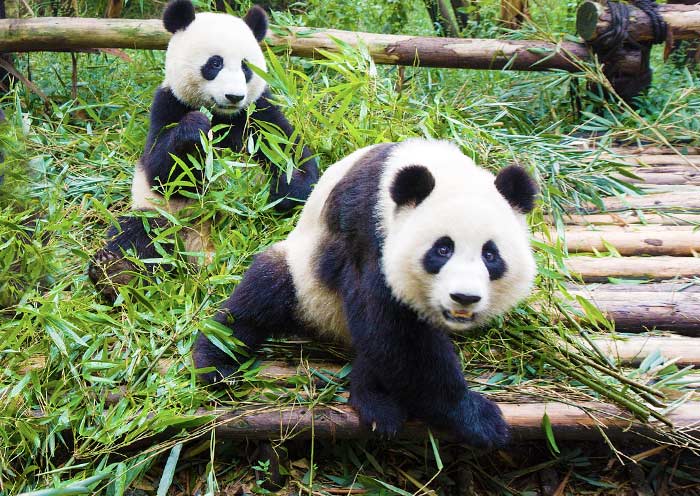
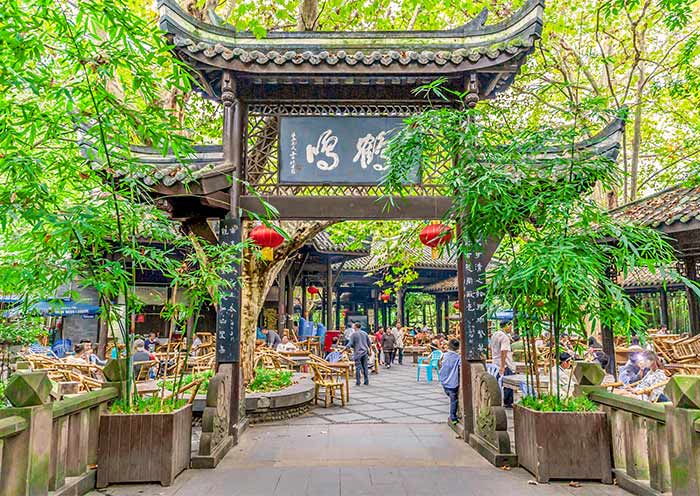
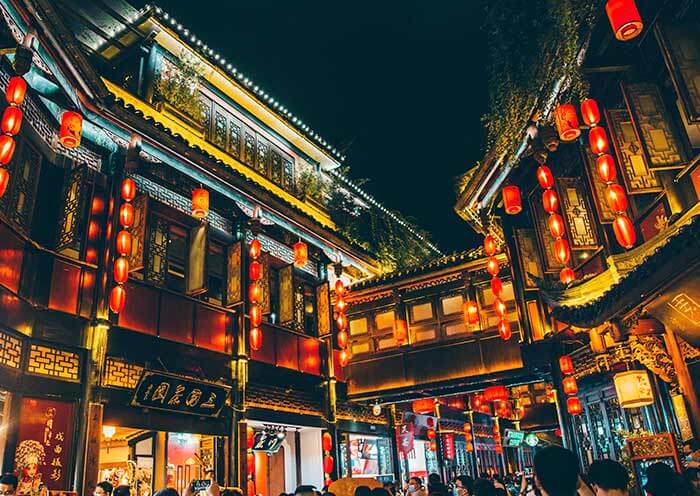
In this morning, you will be transferred to the railway station for your high speed train to Guilin (5.5-6 hours). Upon your arrival in Guilin, your driver will meet you at the exit of the train station and escort you to your hotel in Guilin's downtown area.
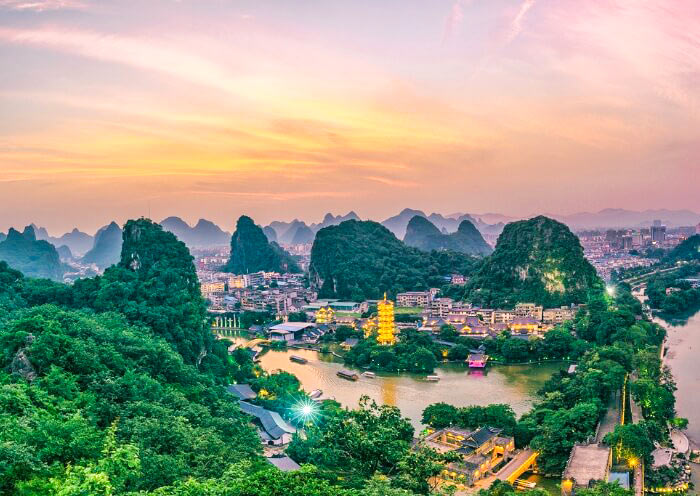
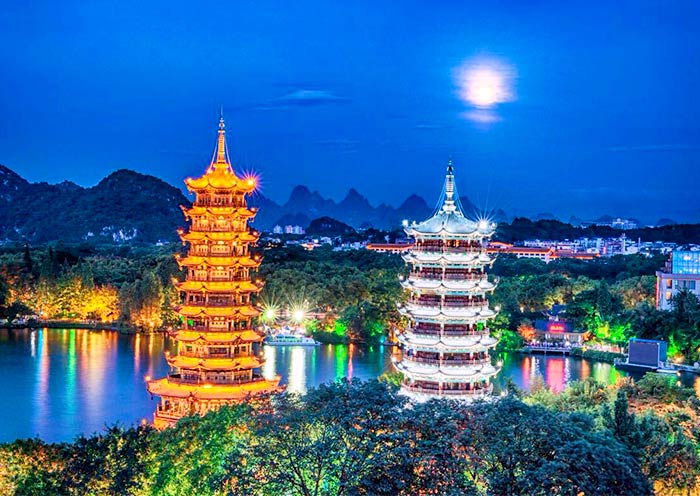
This morning, drive about 77km (2 hours) from Guilin (altitude of 100m) to the Longji Terraces Scenic Area (altitude of 300-1,100m). Inside the scenic area, the winding mountain roads will lead you to the incredible Longji Rice Terraces (Longsheng Rice Terraces) that were created by the ancient Zhuang and Yao minority peoples 2,300 years ago. You will make a stop at Huangluo Yao Village (Long Hair Village) to learn more about the culture of the Yao minority through a performance by local Yao women. After a unique lunch featuring bamboo rice, you will begin hiking in the brilliant Longji Rice Terraces around Ping’an Village.
In the morning, you will arrive at the Huangluo Yao Village (population of over 400) which is famous as “the World's Longest Hair Village”. You will marvel at the dramatically long and pitch-black hairs worn by its women of the Yao ethnic group. The village has over 70 Yao women with hairs over 1 meter (the longest hair of 2.72 meters) which has been listed by Guinness World Record as the “longest hair group”. By watching the performances of villagers (45min, optional), such as folk songs, drum dances, Red Yao wedding customs, sunning red clothes, and combing long hair, you will learn about the history, traditions and way of life of the Red Yao people, such as customs like spinning and weaving. You can even ask Red Yao women to share their secrets on how to take care of their long hair and how to make their Rice Water Shampoo.
Next, head to Ping'an Village for lunch. You'll visit a local villager's restaurant where you can try some local Rice Wine and learn to cook some popular local dishes, such as Bamboo Rice (rice cooked in bamboo tubes) Bamboo Tube Chicken (bamboo stuffed chicken), and Chinese Smoked Pork (smoked Chinese bacon).
In the afternoon, enjoy hiking in the Longji Rice Terraces (Longsheng Rice Terrace) around Ping'an Village. The Longji Rice Terraces are one of the top ten most beautiful terraced fields in the world and the closest terraced fields to a major city. With a history of at least 2,300 years, Longji Rice Terraces are hailed as the "Birthplace of Terraced Fields Worldwide" and a "Globally Significant Agricultural Cultural Heritage". It has not only been included in the list of National Wetland Parks but also represents an important heritage of ancient Chinese water management wisdom and agricultural civilization that has been passed down to this day by ancient Zhuang and Yao peoples. As you walk across the cobbled paths of the Ping'an Rice Terrace Fields, you can reach its famous viewing platforms, such as the Seven Stars Accompany the Moon (880m, Sunrise Viewing Spot) and Nine Dragons and Five Tigers (980m, Sunset Viewing spot). At the Nine Dragons and Five Tigers viewing platform (九龙五虎), you will see why it is named Longji Rice Terrace (Dragon Backbone Rice Terraces).
You can also walk into Ping'an Village along the stone-paved road, where you will find 170 households and over 700 people, all belonging to the Zhuang ethnic group with the surname "Liao". Men wear short gowns made of hand-loomed cloth, while women wear white shirts, black pants, and brightly colored cloth on their heads. Here, you can have a close-up view of the Zhuang people's distinctive stilted houses called "Diaojiaolou" (吊脚楼) in the mountain valley. You may encounter local Zhuang villagers, taste or make unique Zhuang People's food like oil-tea, have the opportunity to learn more about Zhuang ethnic customs and culture, as if you are transported to ancient times.
Take your time to find the best viewpoints to capture the beauty of the incredible terrace fields that exist since ancient times. After the hiking, go back to Guilin.
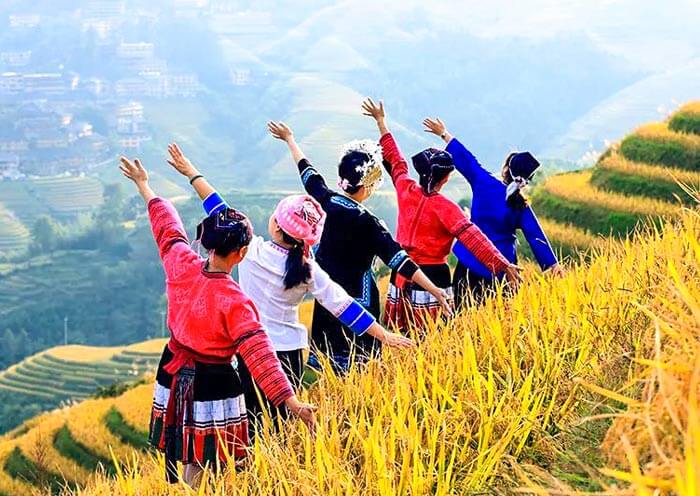
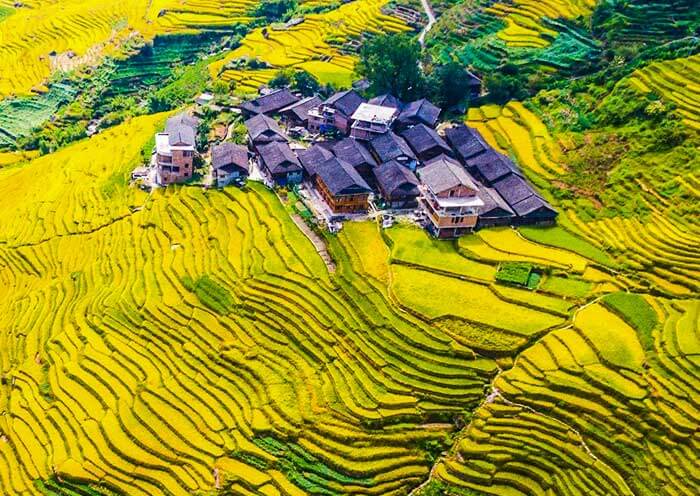
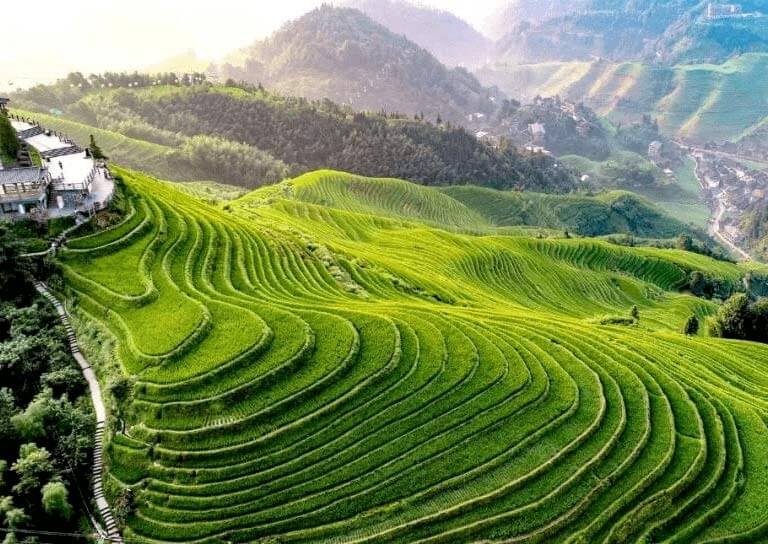
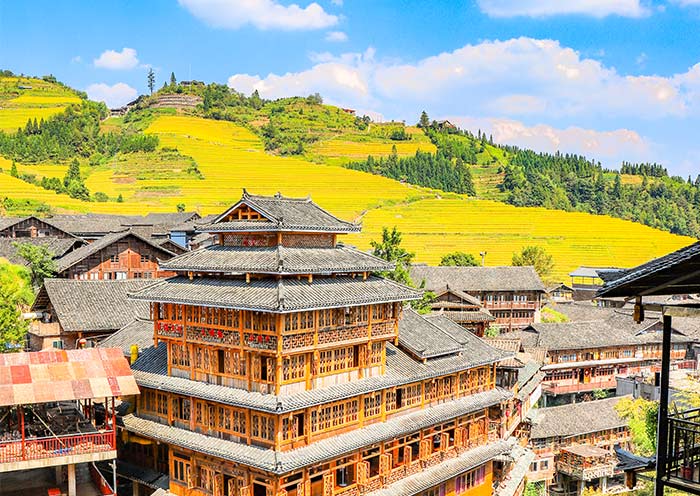
“East or west, Guilin landscape is the best”. After breakfast, you will go to explore the most stunning natural scenery along the Li River, which is renowned as one of the “the world’s top 10 watery wonders” by National Geographic. Drive about 1 hour from your hotel to the pier and start a 4.5-hour relaxing sightseeing Li River cruise trip to Yangshuo. Along the 84-kilometer scenic cruise, you will feast your eyes with endless Chinese paintings of winding rivers, numerous green limestone karst peaks, grazing water buffalo, farmers working in the fertile fields, and idyllic villages nestled at the bases of the hills. (Lunch Upgrade: Asia Odyssey Travel has thoughtfully prepared a customized Western-style lunch exclusively for you. Your guide will bring freshly made meals prepared early that morning for you to enjoy on the boat.)
After arriving in Yangshuo, the driver will pick you up from the dock and drive to your hotel in Yangshuo town for a short rest. Then, it's time to get up close to Yangshuo rural paradise. Choose the way that suits your style: (1) by driving, plus walking; (2) by bike; or (3) by scooter. (Additional prices may apply).
Let all the picturesque scenes please your eyes and souls to the maximum for total relaxation. At various points, you might also spot locals engaging in their daily chores, farmers tending to their fields, or even children playing along the riverbanks. Quaint stone houses dot the riverbanks, their grey slate roofs offering a delightful contrast against the verdant surroundings. A solitary water buffalo languidly grazes in the fields, a sight that adds an endearing touch of rural life to the panoramic display.
Later, you will stroll leisurely along the West Street, which is the most prosperous area in Yangshuo. Restaurants, bars and souvenir shops along the street are always full of guests. It is a fusion of western culture and Chinese culture and it is the best place to spend your nightlife here. Whether you want to enjoy a cup of coffee, taste some local food or just throw yourself into the vivid atmosphere... all you can get.
Optional Evening Activity: If you are interested, you can enjoy the amazing evening performance called Impression Liu Sanjie directed by the famous director Zhang Yimou. The show uses the natural landscape as its stage, with the karst mountains and river serving as a unique backdrop. It combines traditional folk music, vibrant costumes, and modern theatrical techniques for a fantastic spectacle of light, sound, and color.
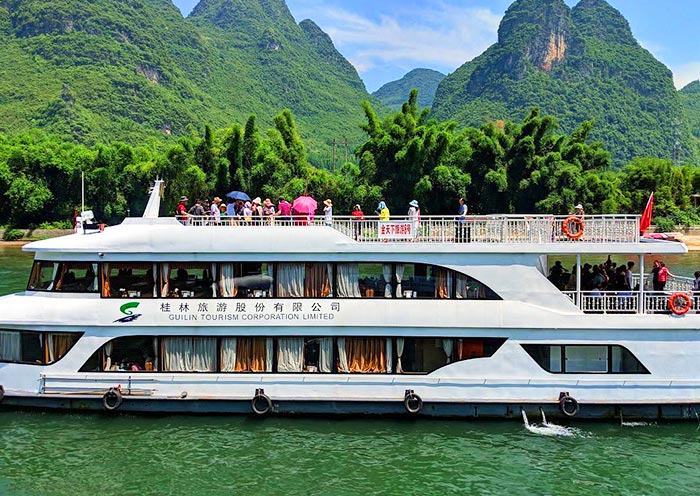
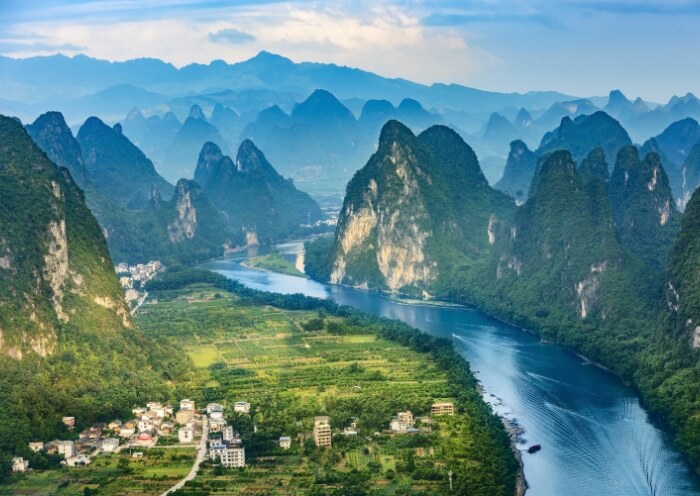
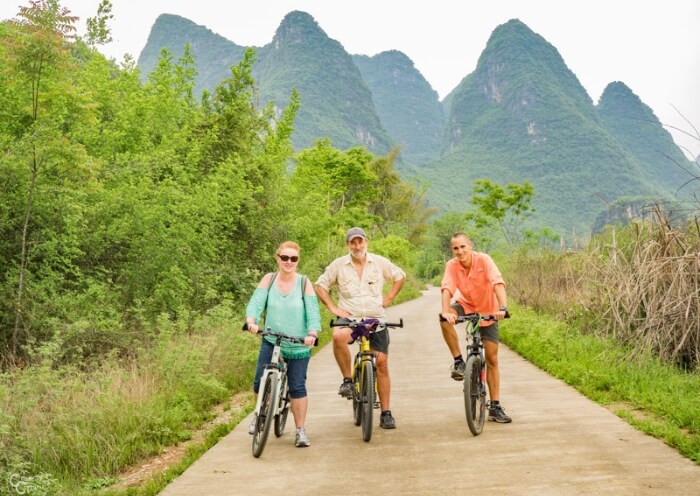
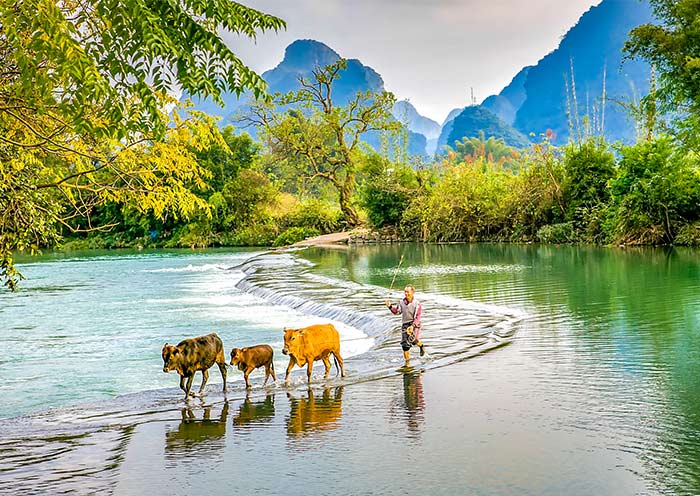
This morning, we will drive back to Guilin and take you to the train station to catch the high-speed train to Zhangjiajie (about 7 hours).
Welcome to Zhangjiajie, an incredible place where you can see Avatar Hallelujah Mountain in reality! Upon your arrival in Zhangjiajie, the local guide and driver will greet you at the exit of the airport, and then escort you to your hotel in Wulingyuan Area. Enjoy some free time on your own after the hotel check-in.
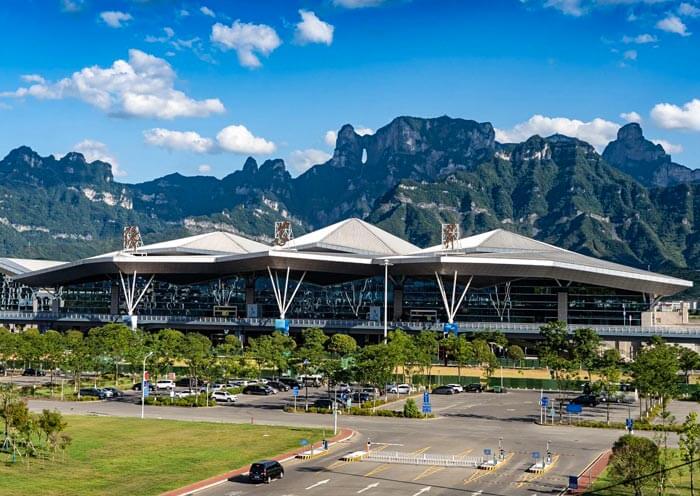
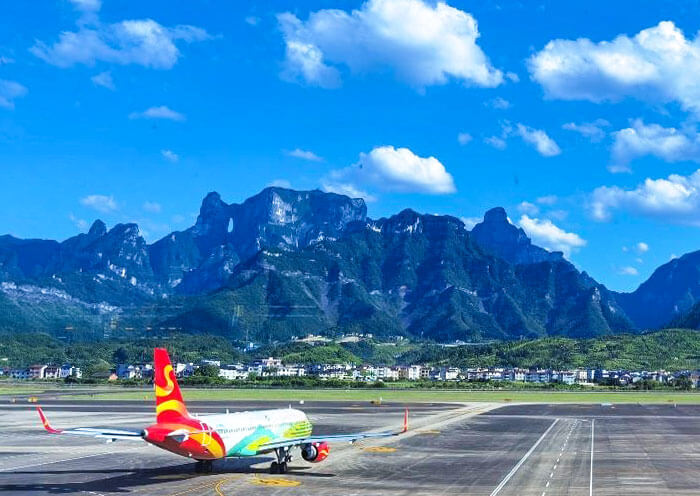
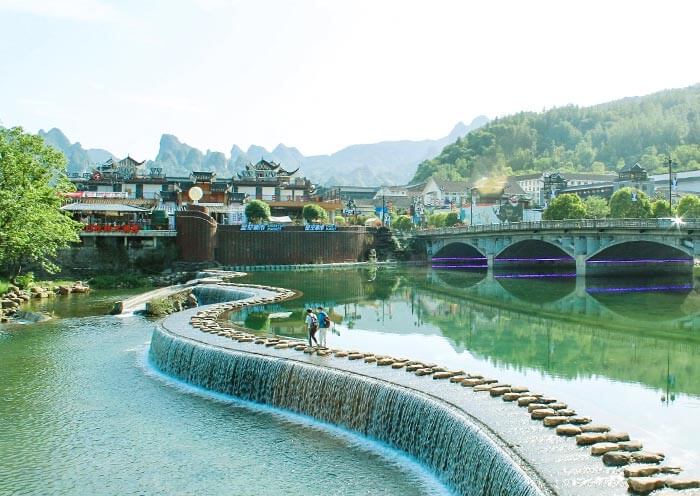
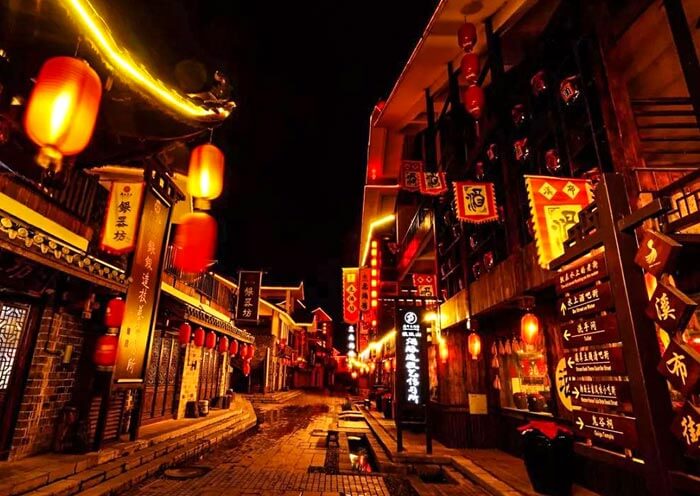
After breakfast, you will visit Zhangjiajie National Forest Park in Wulingyuan, where you will explore Yuanjiajie and behold the awe-inspiring Hallelujah Mountains (乾坤柱). Following lunch, you will be transferred to Tianzi Mountain Nature Reserve in Wulingyuan, where you will have the opportunity to explore Tianzi Mountain (天子山). Throughout the day, you will have ample time to immerse yourself in the breathtaking beauty of the Wulingyuan Scenic Area, a captivating haven of nature adorned with over 3,000 slender quartz sandstone pillars.
In the morning, your first destination will be Zhangjiajie National Forest Park, which is the first national forest park in China. This park showcases a unique landform characterized by towering stone peaks in various shapes, abundant vegetation, and a majestic landscape. You will board a sightseeing bus to reach the Bailong Elevator, widely known as the "World's No.1 Ladder". This elevator holds the Guinness World Records for being the tallest, fastest, and heaviest outdoor elevator for sightseeing. In just 66 seconds, you will ascend 326 meters from the valley bottom to the pinnacle of the pillar. Next, you will hike into a mysterious Pandora World - Yuanjiajie (袁家界), the actual filming location of the movie "Avatar" and the renowned Hallelujah Mountains (哈利路亚山) in reality. Don't miss the chance to capture the South Sky Pillar (南天一柱; Avatar Mountain), the Floating Mountain (1,074m;悬浮山), a towering vertical peak standing approximately 150 meters high from the deep valley, resembling a giant standing upright under the heavens. Take your time to walk along the Yuanjiajie Scenic Trail, which spans 3,500 meters and is built on the edge of a precipice. The trail is adorned with red prayer ribbons, and as you journey, you will be able to admire breathtaking natural wonders such as the Backyard Garden (后花园), Lost Soul Platform (迷魂台; The Best Natural Viewing Platform in Yuanjiajie), and the First Bridge Under Heaven (天下第一桥, a natural stone bridge and the landmark of Yuanjiajie). While immersing yourself in the extraordinary beauty, you will also deepen your understanding of Zhangjiajie's sandstone peaks and forest landform. This unique landscape is the result of specific geological structures, tectonic movements, and external forces, making it an exceptionally rare and remarkable phenomenon.
Next, board the sightseeing bus to reach the second tourist site - Tianzi Mountain Nature Reserve, which derives its name from Xiang Dakun (Xiang Tianzi), the leader of the local Tujia ethnic group who referred to himself as “Tianzi” (天子), meaning the Son of Heaven or the emperor in Chinese, during the early Ming Dynasty (1368-1644). Tianzi Mountain (天子山) is currently in the prime stage of its peak forest evolution and is renowned as the "King of Peaks". It gained fame as a fairyland in the popular Chinese TV Series - Journey to The West. Tianzi Mountain (1,262m) is well-known for its magnificent sunrise, the sea of clouds, red moon, winter snow, red leaves, and grand forest of peaks. You can proceed to Dianjiangtai Platform (点将台) to overlook the West Sea Peaks Forest (西海峰林), where rugged rocks rise from the depths of a misty canyon. You will not like to miss a view of the Imperial Writing Brush Peaks (御笔峰) which are a row of six stone pillars, each standing approximately a hundred meters tall. They are arranged in a square shape, intricately connected, and exhibit varying thicknesses from top to bottom, resembling the shape of a pen. According to legend, it is believed to be the pen used by Xiang Tianzi. Afterward, hike to He Long Park (贺龙公园) to visit the bronze statue of Marshal He Long and his warhorse, as well as the Tianzige Pavilion(天子阁). The Tianzige Pavilion, standing at 30 meters, offers a panoramic view of Tianzi Mountain, with its peaks and mountains stretching as far as the eye can see. The scene is truly spectacular. After the tour, return to your hotel for a well-deserved rest.
Notes: If you are traveling during the peak season, your guide may consider reversing the itinerary to avoid the largest crowds of tourists.
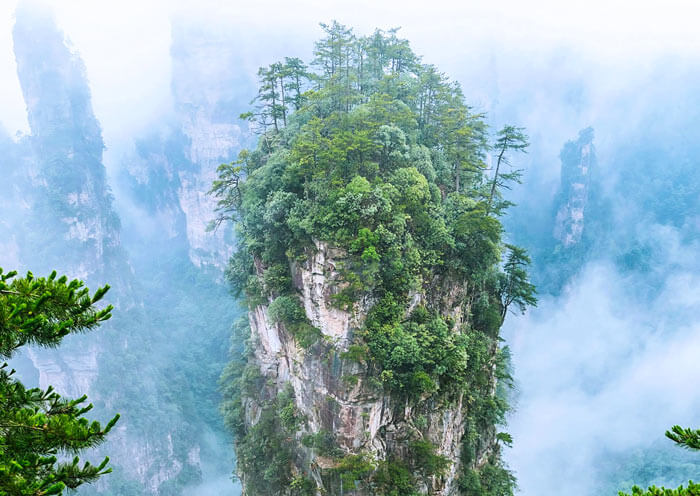
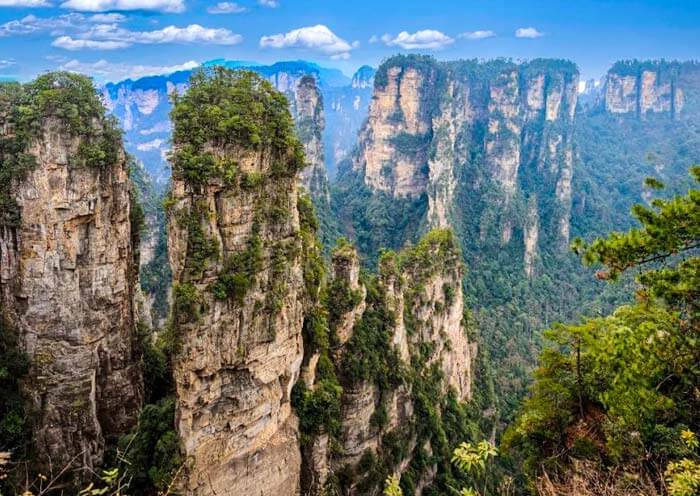
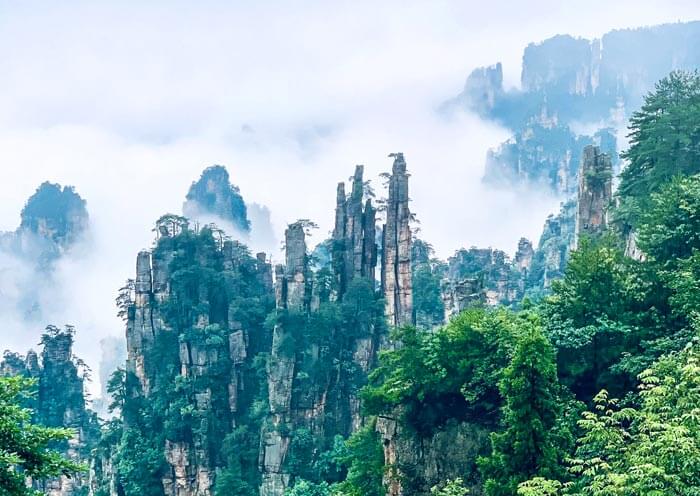
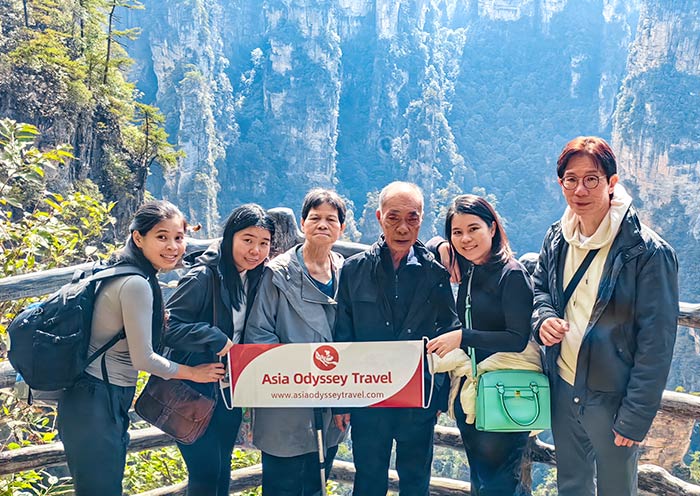
After breakfast, you will be transferred from Wulingyuan to Zhangjiajie Grand Canyon, which is approximately 56 km away and takes about 1.5 hours by car. There, you will have the opportunity to experience the breathtaking Grand Canyon Glass Bridge. Following that, enjoy a delicious lunch before proceeding to Baofeng Lake for a relaxing boat trip. In the late afternoon, you will be transferred back to Zhangjiajie City.
Well-known for its numerous waterfalls and fresh air in the valley, Zhangjiajie Grand Canyon is a must-visit scenic spot in Zhangjiajie, especially for photographers and adventurers. The Glass Bridge is the highlight of Zhangjiajie Grand Canyon, as it is the world’s longest and highest glass-bottomed bridge, stretching between two dramatic cliffs. It spans 375 meters in length and stands 300 meters high. Designed by Israeli Haim Dotan Architects, the bridge is capable of accommodating up to 800 people at a time. It is entirely made of glass, with no steel structure. In the middle of the bridge, there is a bungee jumping platform, which is the highest in the world. Here, you can experience the thrill of the highest bungee jump and fulfill your dream of flying like Spider-Man (bungee jump fees are self-pay). Exploring the Glass Bridge typically takes about 1 hour. People from around the world are excited to take on the challenge of walking on the Zhangjiajie Glass Bridge. While walking on the bridge, you can look down through the crystal-clear base, which hovers above a lush forest and a mist-filled canyon. Standing on the transparent glass feels like floating in the air, offering a superb panoramic view of the entire Grand Canyon. Come and take the skywalk on the glass bridge to showcase your courage to the world!
After you “tremble” on the glass bridge, move to the mirror-like Baofeng Lake to restore your inner peace. From the entrance, you will take a shuttle bus to reach the pier. Then, take a wooden boat ride on Baofeng Lake, a crystal-clear alpine lake. Spanning 2.5 kilometers in length, 200-1000 meters in width, and with an average depth of 72 meters, Baofeng Lake is nestled in a basin amidst the surrounding mountains. It is adorned with lush green trees and unique rock formations, creating an idyllic atmosphere for relaxation. As you leisurely cruise on the boat, you will be captivated by the reflections of the magnificent peaks in the water and serenaded by traditional folk songs performed by the local minority people.
After the tour, return to Zhangjiajie City, which is approximately 35 kilometers away and takes about 1 hour by car, for an overnight stay.
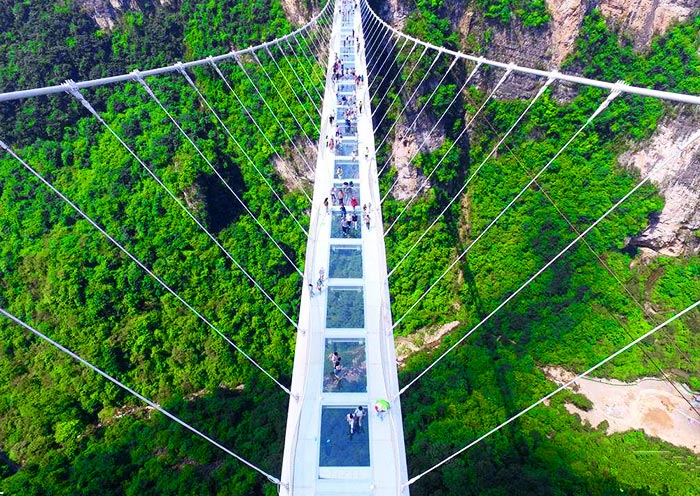
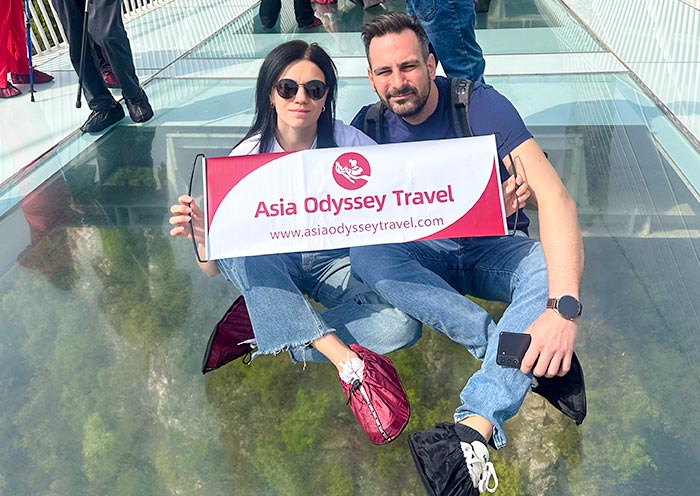
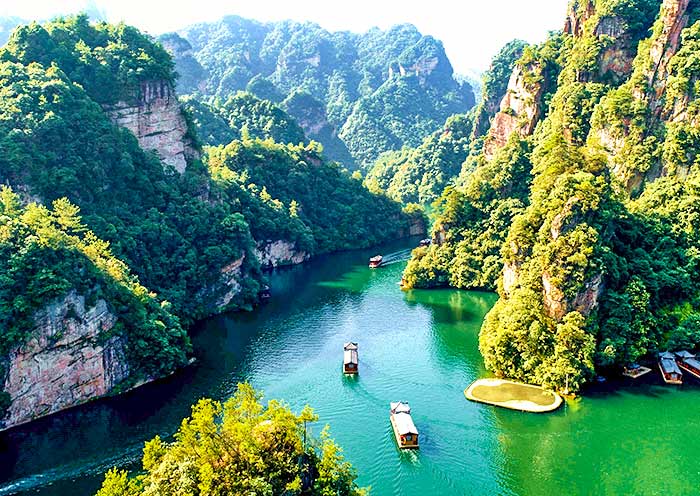
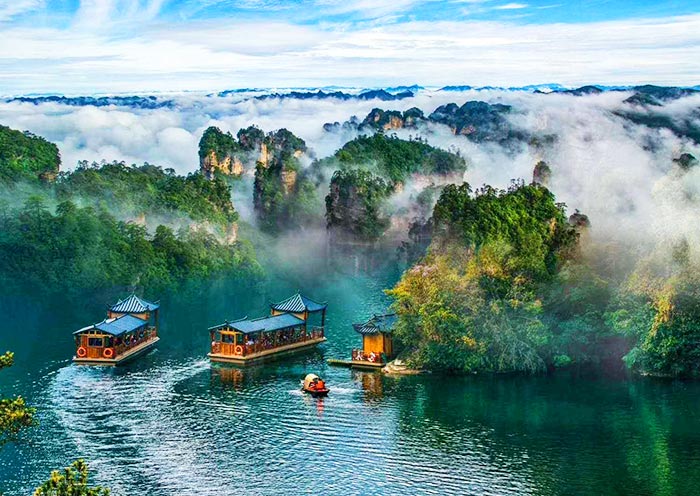
Today, you will spend a half-day tour of Tianmen Mountain in Tianmenshan National Forest Park, known as as the "Soul of Zhangjiajie" and the "No.1 Sacred Mountain of Western Hunan Province". Located only 8 kilometers away from Zhangjiajie city center, the Tianmen Mountain Scenic Area is unique in that it is suitable for people of all ages, and climbing is not necessary. There is the world's longest cable car, spanning 7,455 meters, which takes you directly to the mountaintop. Additionally, there is a small cableway available on the mountaintop. The only section that requires walking is the Tianmen Cave staircase, but don't worry, there is also an elevator available.
First, take the 30-minute cable car (7,455 meters) ride from Zhangjiajie City to the top of Tianmen Mountain. As you ascend, you'll be treated to a panoramic view of the winding mountain road with 99 bends (the Road to Heaven) and the breathtaking beauty of the bonsai gardens. Now, brace yourself for a thrilling challenge. Take a deep breath and step on the cliff path hanging on the mountainside. Walk along the Glass Walkway, a transparent glass path that stretches for 60 meters and hovers 1,430 meters above the bottomless valley, giving you a thrilling sensation of walking in the sky. Additionally, experience the 1.6-kilometer-long Cliff-Hanging Walkway, which is built along the edges of the mountain's summits. It's truly an amazing adventure! Next, you have the option to visit Tianmen Temple, a Buddhist structure that embodies the architectural style of the Qing Dynasty (1616-1912). It is surrounded by lush green forests, providing a serene atmosphere. And, you can also visit Yunmenxianding (云梦仙顶; 1,518m), the highest point in Tianmenshan National Forest Park, to enjoy a bird's eye view of the surroundings.
Afterward, go down by escalator from the mountaintop to Tianmen Cave, the world's highest natural mountain through the cave which spans 131.5 meters. Tianmen Cave, also known as Heaven's Gate Hole (天门洞), is frequently enveloped in swirling clouds and mist, and at other times, it is illuminated by ethereal rays of sunlight, resulting in a mesmerizing and ever-changing display of light and shadows. Take your time there to capture some beautiful photographs. Following that, you have the option to either walk down the 999 steps or take the elevator. Then, welcome back to another cable car station.
After the tour, your guide will escort you to train station for your high-speed train to Chongqing. Welcome to Chongqing, the Mountain City of China! Upon your arrival in Chongqing, your guide will meet you at the exit of the train station and escort you to hotel in Chongqing.
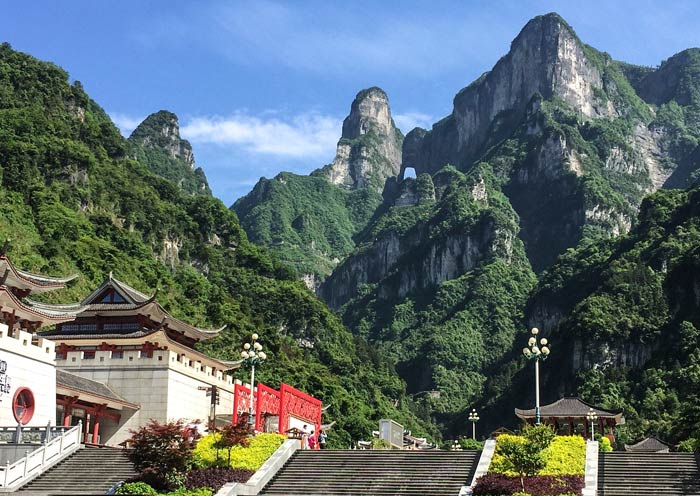
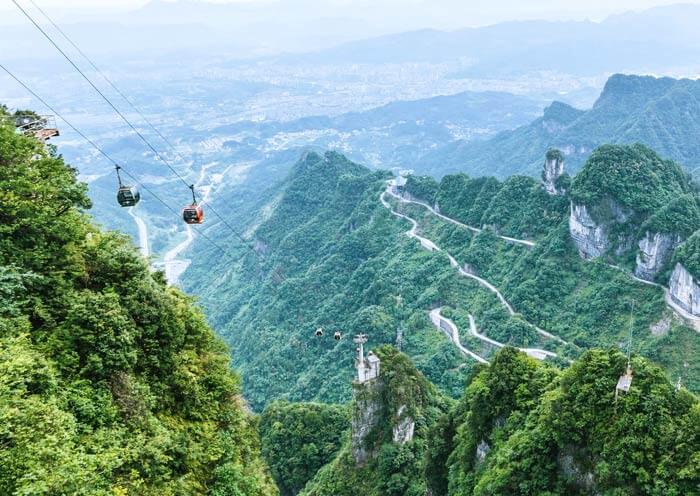
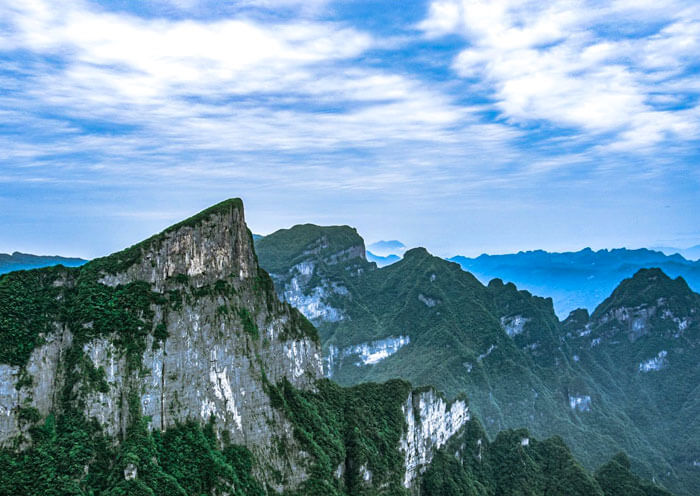
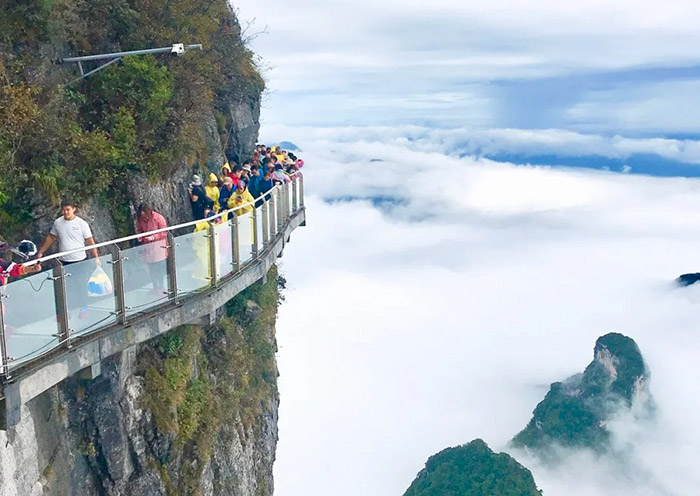
Start your journey with us at Ciqikou Ancient Town, a living museum of Chongqing’s history! This 1,000-year-old charming town, featuring well-preserved Ming and Qing Dynasty architecture, was once a bustling porcelain trade hub and still brims with cultural heritage. Explore the enchanting streets of Ciqikou, where every step on the narrow cobblestone paths feels like traveling back in time. Immerse yourself in the vibrant atmosphere as you admire traditional crafts, enjoy local performances such as Sichuan opera face-changing shows, and savor delicious street food like the famous Mahua (crispy fried dough twists).
This afternoon, embark on a journey through time at the Three Gorges Museum, home to a vast collection of over 280,000 precious historical relics. Dive deep into the fascinating story of the Yangtze River, the formation of the iconic Three Gorges, and the evolution of Chongqing from its ancient beginnings to its vibrant rise in the 20th century. After exploring the museum, don’t miss the chance to capture stunning photos in front of the People’s Assembly Hall, an architectural masterpiece located just outside the museum.
Later, let’s witness the most thrilling sight - the train that passes through a building at Liziba Metro Station. Located on Line 2 of Chongqing’s monorail, this station is famously constructed through the middle of a residential building, making it a truly unique and unforgettable experience.
After that, you will be transferred to Hongya Cave, located along the Jialing River and near Chaotianmen Square. It is famous for its traditional stilted buildings (Diaojiaolou), dazzling night views, and vibrant atmosphere. Stroll along the riverside promenade to enjoy spectacular views of the Jialing River and the modern Chongqing skyline. Explore the multi-level complex, featuring Diaojiaolou-style wooden structures and steep stairways. Here, you can even try Hot Pot, if you like. As night falls, this complex transforms into a dazzling spectacle, offering one of Chongqing’s most iconic night views.
After the tour, escort you to Chongqing Chaotianmen Port to board your Yangtze cruise. The port is a significant historical site and the starting point for Yangtze River cruises. The port is known for its beautiful nighttime illumination, which creates a stunning view along the river. You will have free time to explore the area after the cruise ship check-in. This is a great opportunity to take a leisurely stroll along the riverbank and soak in the breathtaking night view of Chongqing Chaotianmen Port. Your cruise journey will depart from Chongqing at 21:00!
Remarks: 1. Please call the ship one day ahead or at least in the morning on the boarding day to have clear idea about which pier you are going to use; 2. All the times on the schedule are estimated ones which are subject to change due to weather and navigation conditions. 3. The boarding time and departure piers may change based on the ship line, water level, season, weather and other factors.
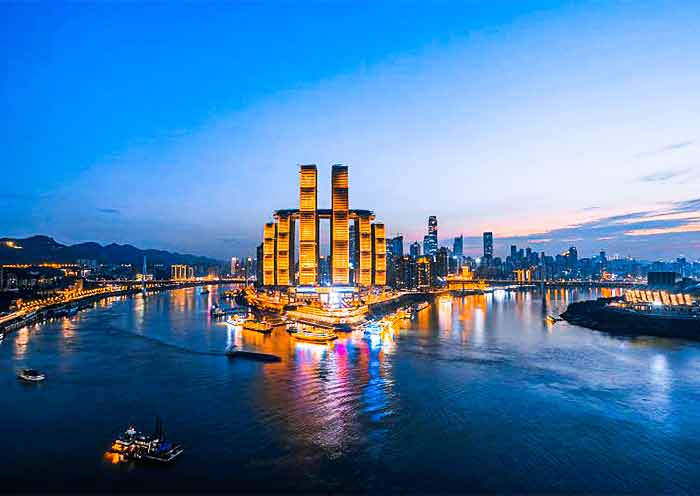
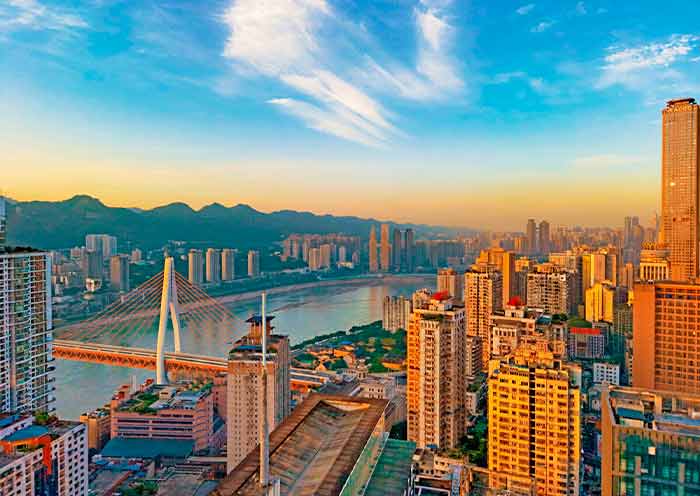
On this day, your cruise will sail peacefully along the Yangtze River. Wake up leisurely and enjoy the fascinating river view with misty or gentle sunshine shining over the river. Have your buffet breakfast and start your beautiful day. There are some activities well designed by the cruise that you can do shore excursions to visit traditional Chinese cultural sites or stay onboard to relax and learn some Chinese culture.
In this afternoon, you will follow a local English-speaking tour guide and make a shore excursion to Fengdu Ghost City in this morning. This ghost city is one large collection of temples, memorials and monasteries and you can know many legendary stories about underworld and different kinds of devils and Chinese demons. Or, you can take optional excursion to Shibaozhai Pagoda with extra fee , one of the eight extraordinary architectures in the world located in Zhongxian County. Climb up the 12-story red wooden pagoda and you can have a panoramic view of the Yangtze River.
Note: The itinerary above is provided for your reference. Attractions and shore excursions may vary slightly depending on the cruise company. We will help you choose the most suitable cruise based on your preferences.
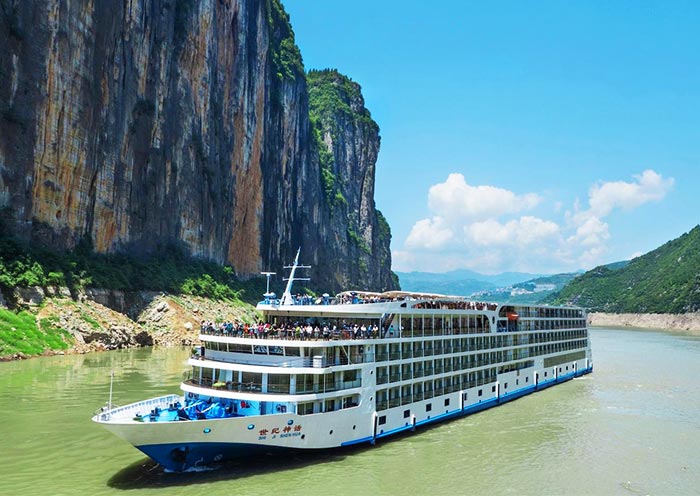
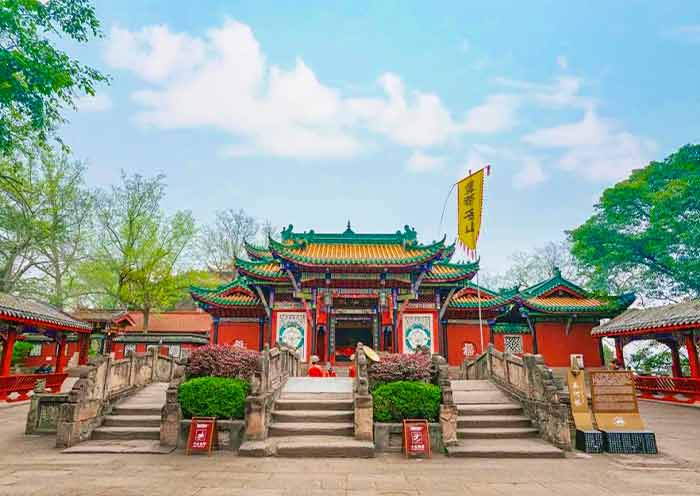
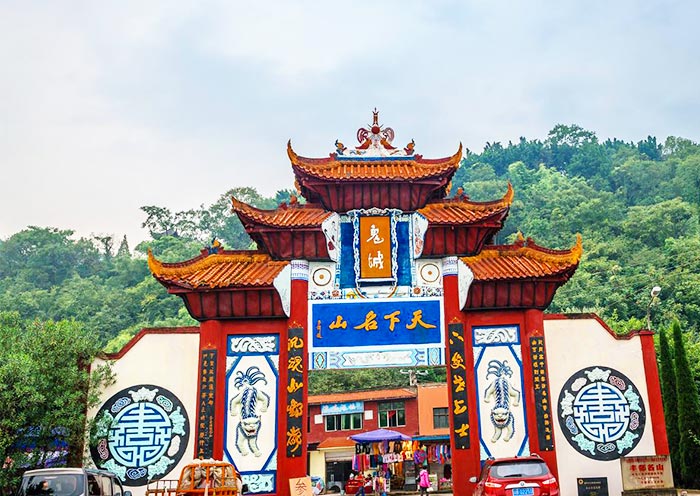
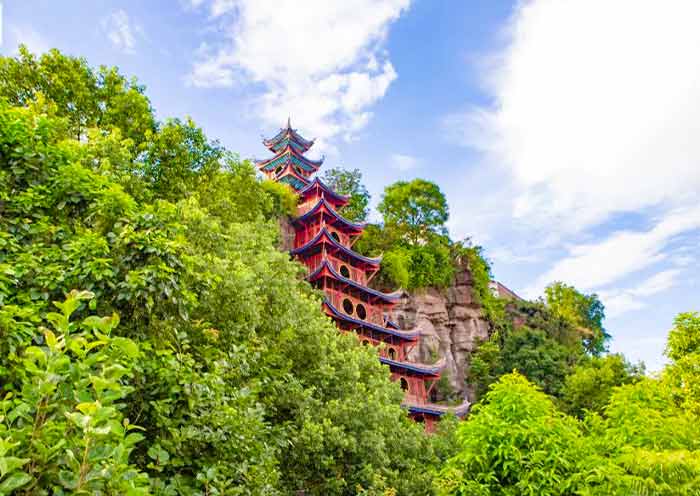
Today, you will have a full day to view the beautiful Three Gorges. First, you will sail through Qutang Gorge which is celebrated for its magnificent, peculiar and precipitous scenery in the world. Marvel at the incredible Kui Gate. Next, go through Wuxia Gorge which is serene and secluded and presents a panorama of lovely scenery and then pass through Xiling Gorge well known for its rugged shoals and turbulent waters. Follow the guide’s live interpretation and appreciate the breathtaking scenery onboard.
In this afternoon, make a leisure shore excursion to Shennv Stream (Goddess Stream) in Wushan County. Switch to a smaller boat to sail down the primitive stream for a close look at the steep mountains and hanging coffins high on the cliffs. If you are interested, you can join local Tujia ethnic guide for singing and dancing performance. In this evening, enjoy the Captain’s Farewell Party with all your mates onboard and have a pleasant dinner together.
Note: The itinerary above is provided for your reference. Attractions and shore excursions may vary slightly depending on the cruise company. We will help you choose the most suitable cruise based on your preferences.
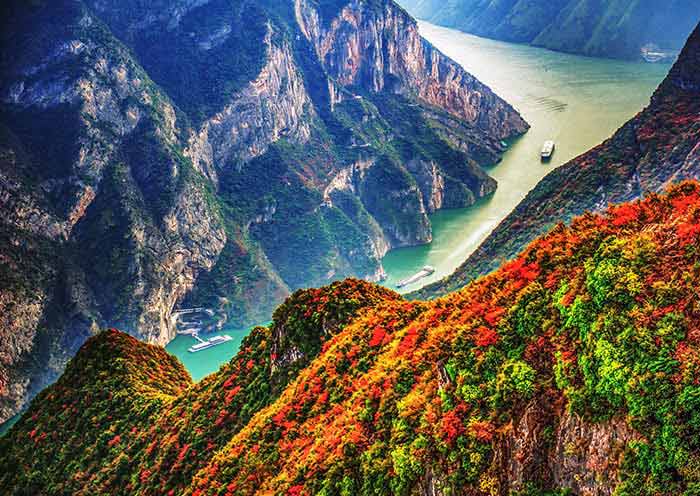
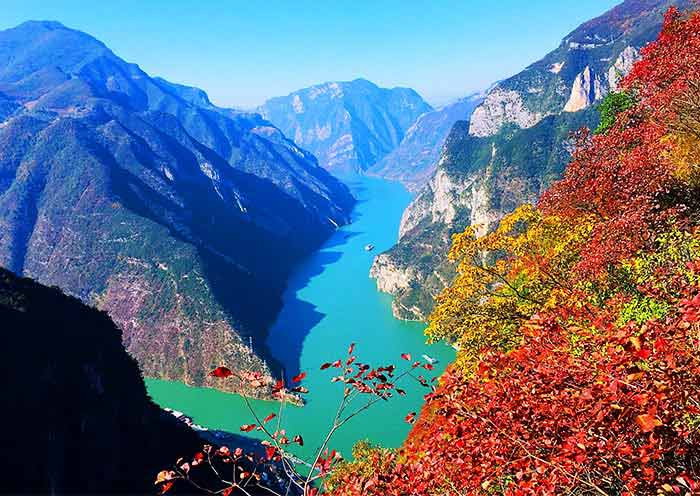
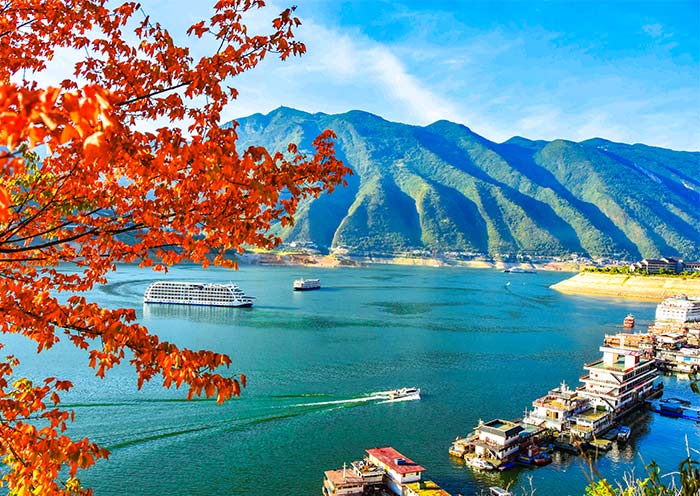
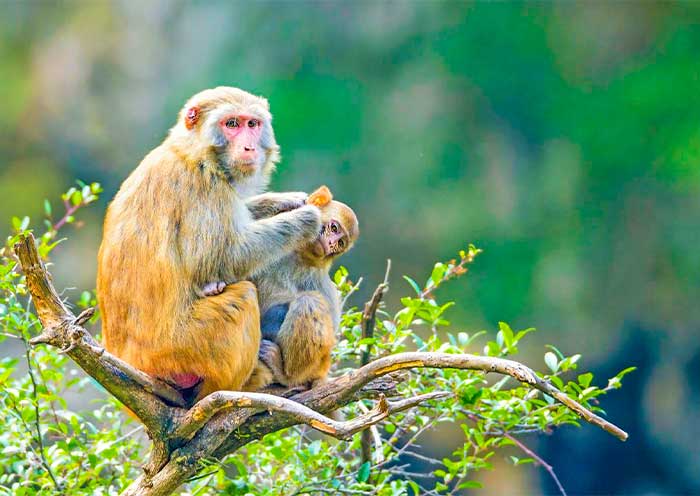
After breakfast, it is time to go through the check-out procedure and you’ll disembark at Maoping Port. The highlighted attraction today is the largest hydropower project in China - Three Gorges Dam. Catch the chance to view the dam and the system of locks. The body of the dam is immense with a height of 181 meters and spanning 2335 meters across the Yangtze River and 115 meters in width. (Optional experience: you can choose to sail through the world’s largest ship lift - Three Gorges Dam Ship Lift to very closely marvel at the huge dam which is a totally fresh and exciting experience for travelers.)
After the dam visiting, you’ll take the tourist bus arranged by the cruise company transferring you to Yichang Three Gorges Center Cruise Terminal around 12:30-13:00. In this afternoon, you will be escorted to the train station for a high speed train to Shanghai (about 6-7 hours). Upon arrival, your driver will meet you at the train station and escort you directly to downtown Shanghai.
Note: 1. In the morning, please check out at the front desk and leave your luggage there. The cruise company will handle your luggage and transport it to the Three Gorges Tourist Center. 2. If you only visit Three Gorges Dam, you will arrive at Yichang around 12:30. 3. If choose to attend optional Three Gorges Dam Ship Lift, you will arrive at Yichang around 13:30.
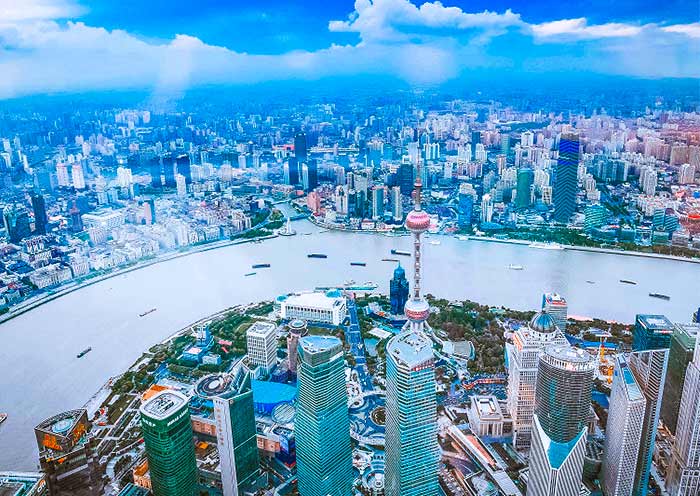

Today, your group will have full day to experience the perfect blend of East and West in the "Paris of the East." Explore brilliant museums, classical gardens, futuristic skyscrapers, and stunning architecture - all in one vibrant city.
First, head to Pudong and the Lujiazui financial district, home to a trio of iconic skyscrapers. The Shanghai Tower, China’s tallest and the world’s second-tallest building at 632 meters (2,073 ft), soars with a dramatic 120-degree twist from base to peak. Ride the world’s fastest elevators (64 km/h) to the "Top of Shanghai Observatory" on the 118th floor, 546 meters above ground. Enjoy breathtaking 360-degree views of the city, with the Jin Mao Tower and Shanghai World Financial Center below.
Later, visit the Shanghai Museum (East), one of the world’s finest museums of ancient Chinese art. Its sleek, modern design is inspired by the traditional Chinese jade bi disc. Inside, explore galleries of bronzes, ceramics, calligraphy, paintings, jade, furniture, coins, and sculptures. Don’t miss iconic treasures like the Da Ke Ding, a 3,000-year-old bronze vessel, displayed with the Zi Long Ding and Marquis of Jin Bells - a rare highlight of the Bronze Gallery. Also, see the legendary Sword of King Goujian of Yue, a masterpiece of ancient craftsmanship.
Next, visit Yu Garden, Shanghai’s most famous classical garden, hidden in the heart of the city. Stroll through elegant pavilions, rockeries, and lotus ponds, and admire exquisite carvings and traditional architecture. Outside, Yuyuan Bazaar offers local snacks, souvenirs, and handcrafted art.
In the afternoon, walk along Nanjing Road Pedestrian Street, lined with global brands, cafes, and historic buildings. End at the Bund, Shanghai’s top must-see landmark. Known as the "Exhibition of International Architecture," it features 52 grand buildings in Gothic, Baroque, and Art Deco styles. From here, enjoy a stunning view of the Pudong skyline across the Huangpu River.
Travel Notes:
- Yu Garden is closed on Mondays. In this case, we may visit the City God Temple, or French Concession
- Shanghai Museum (East) is closed on Tuesdays. You will visit Shanghai Museum (People’s Square) on that day. If access to the People’s Square location is unavailable, we will arrange an alternative city attraction.
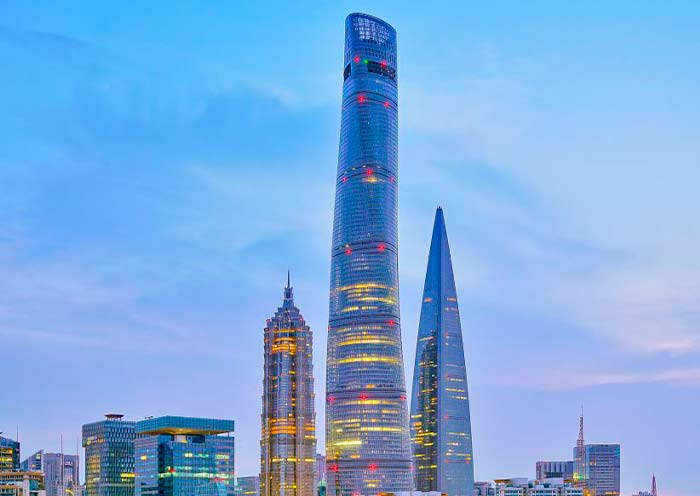
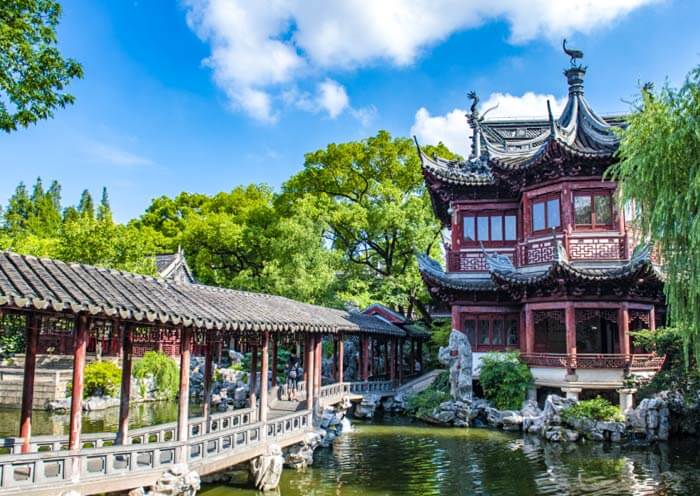
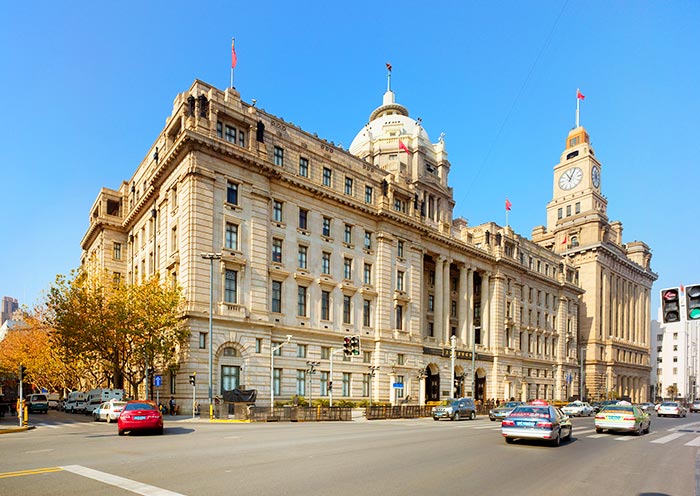
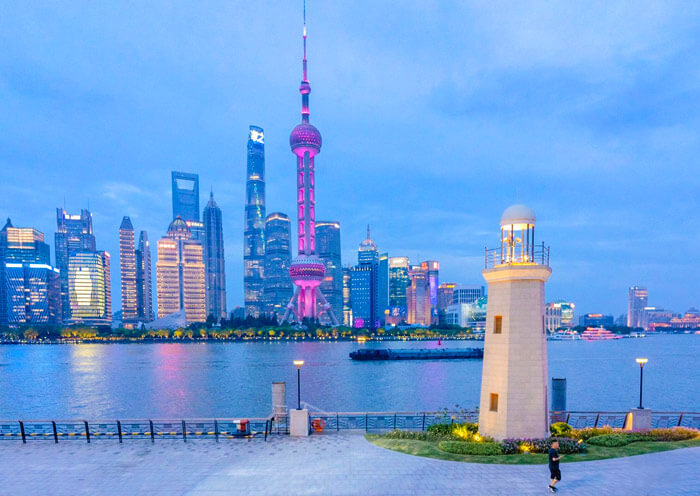
It is time to end your 30-day China Tour from Beijing. You will have some free time in Shanghai and explore more on your own till be escorted to the airport/train station for your flight or high speed train to your next destination.
Thank you for choosing Asia Odyssey Travel for your China tour, and we are always here working for you and hope to see you again for your next trip to China/Asia. Safe journey!
Price: What’s Included & What’s Excluded
What's Included:
What's Excluded:
Hotel Conditions for Your Asia Tour
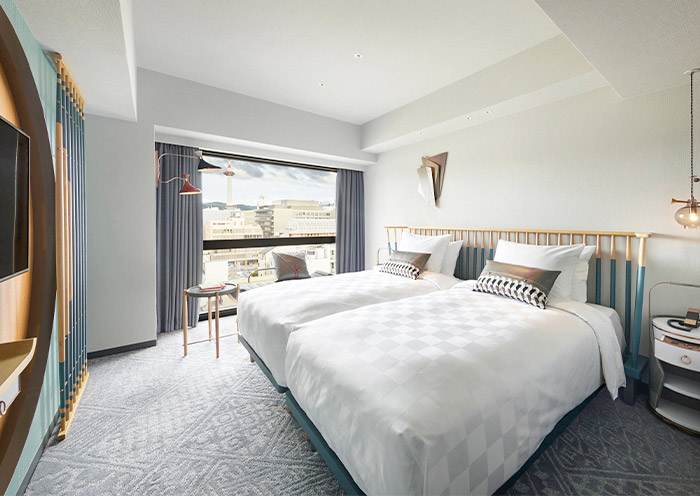

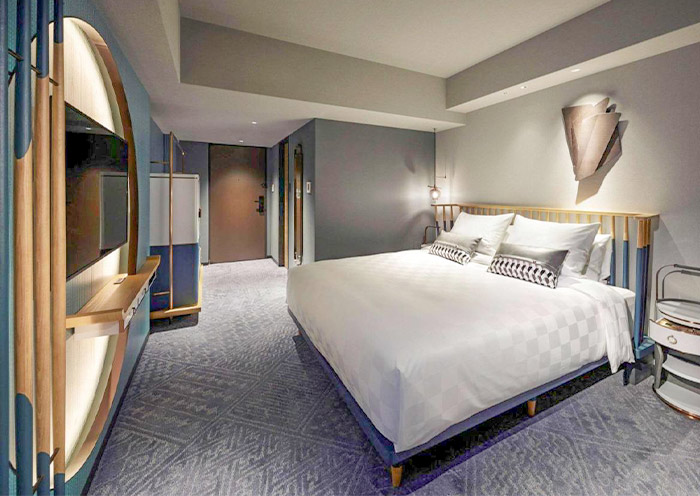
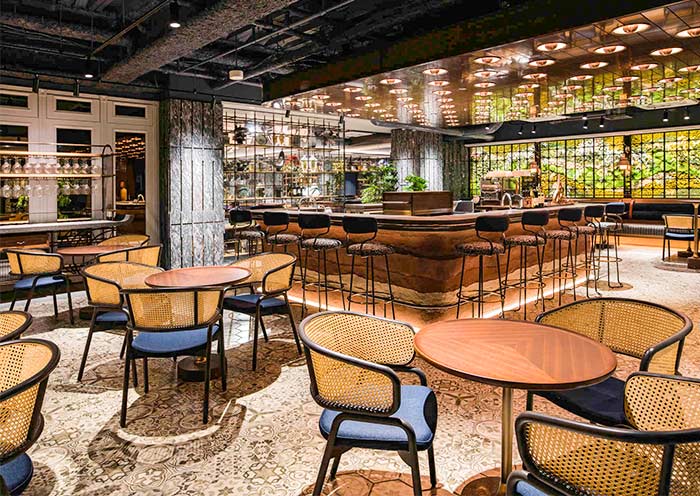
We offer a range of accommodation options to suit various preferences and budgets: luxurious 5-star hotels, comfortable 4-star hotels, and economical 3-star hotels. Our selected hotels are conveniently located close to the city center or popular tourist spots.
If you have specific needs or preferences, please consult with your travel advisor.
Photo Gallery for This Itinerary
Price: request
(Based on a private tour for two people. Price varies depending on program, travel date, number of people.)
Free Enquiry! You don’t need to pay for the reservation.
- United States (+1)
- Australia (+61)
- Singapore (+65)
- Malaysia (+60)
- Philippines (+63)
- Canada (+1)
- Italy (+39)
- Indonesia (+62)
- United Kingdom (+44)
- Spain (+34)
- Mexico (+52)
- Hong Kong (+852)
- Thailand (+66)
- United Arab Emirates (+971)
- New Zealand (+64)
- South Africa (+27)
- Germany (+49)
- Brazil (+55)
- India (+91)
- France (+33)
- Vietnam (+84)
- The Netherlands (+31)
- Saudi Arabia (+966)
- Ireland (+353)
- Argentina (+54)
- Switzerland (+41)
- Romania (+40)
- Pakistan (+92)
- Japan (+81)
- Portugal (+351)
- Bangladesh (+880)
- South Korea (+82)
- Puerto Rico (+1)
- Türkiye (+90)
- China (+86)
- Belgium (+32)
- Qatar (+974)
- Greece (+30)
- Taiwan (+886)
- Austria (+43)
- Poland (+48)
- Israel (+972)
- Chile (+56)
- Sri Lanka (+94)
- Nigeria (+234)
- Peru (+51)
- Colombia (+57)
- Hungary (+36)
- Nepal (+977)
- Denmark (+45)
- Bulgaria (+359)
- Norway (+47)
- Slovenia (+383)
- Sweden (+46)
- Kuwait (+965)
- Costa Rica (+506)
- Ecuador (+593)
- Venezuela (+58)
- Malta (+356)
- Croatia (+385)
- Tunisia (+216)
- Czechia (+420)
- Mongolia (+976)
- Bahrain (+973)
- Mauritius (+230)
- Papua New Guinea (+675)
- Cambodia (+855)
- Dominican Republic (+1)
- Luxembourg (+352)
- Finland (+358)
- Guatemala (+502)
- Myanmar (+95)
- Maldives (+960)
- Slovakia (+421)
- Laos (+856)
- Serbia (+381)
- Brunei (+673)
- Oman (+968)
- Macao (+853)
- Panama (+507)
- Morocco (+212)
- Jordan (+962)
- Georgia (+995)
- Fiji (+679)
- Bolivia (+591)
- Lithuania (+370)
- Bahamas (+1)
- Cyprus (+357)
- Latvia (+371)
- Bhutan (+975)
- Iraq (+964)
- Iran (+98)
- Kenya (+254)
- Jamaica (+1)
- Zimbabwe (+263)
- Azerbaijan (+994)
- Uruguay (+598)
- Estonia (+372)
- Andorra (+376)
- Cameroon (+237)
- Ghana (+233)
- Kazakhstan (+7)
- Nicaragua (+505)
- Egypt (+20)
- Russia (+7)
- Albania (+355)
- Réunion (+262)
- Montenegro (+382)
- Algeria (+213)
- Afghanistan (+93)
- Martinique (+596)
- Uganda (+256)
- Honduras (+504)
- North Macedonia (+389)
- Trinidad and Tobago (+1)
- Suriname (+597)
- Antigua and Barbuda (+1)
- Zambia (+260)
- Ukraine (+380)
- Armenia (+374)
- Barbados (+1)
- Belarus (+375)
- Palestine (+970)
- Lesotho (+266)
- Moldova (+373)
- Ethiopia (+251)
- French Polynesia (+689)
- Gambia (+220)
- Guam (+1)
- Gibraltar (+350)
- Isle of Man (+44)
- New Caledonia (+687)
- El Salvador (+503)
- Comoros (+269)
- Seychelles (+248)
- Chad (+235)
- Samoa (+685)
- Cook Islands (+682)
- Palau (+680)
- Paraguay (+595)
- DR Congo (+243)
- Solomon Islands (+677)
